Engaging Activities for Pre-Kinder: Making Learning Fun and Effective
Welcome to the joyful world of Pre-Kindergarten! 🎉 Whether you’re a teacher building your classroom routines or a parent supporting early learning at home, this stage is a magical time filled with curiosity, wiggles, giggles, and lots of learning through play. In this post, you’ll discover a variety of engaging, hands-on activities that build foundational skills in fine motor development, alphabet knowledge, number sense, colors, and shapes—plus creative ways to keep your little learners focused and excited.
✨ Why Pre-K Activities Matter
Pre-K activities aren’t just fun—they’re powerful. These early years shape how children learn, solve problems, and approach new challenges. By weaving learning into movement, art, play, and discovery, we help kids build cognitive skills, strengthen motor development, and develop confidence in themselves as learners. The best part? They often don’t even realize they’re learning!
💡 Fun & Effective Pre-K Activities to Try
Here are some tried-and-true activities that support Pre-K learning objectives in a playful, developmentally appropriate way:
🔤 Alphabet Mastery Through Weekly Exploration
Introduce one letter each week with multi-sensory activities like:
- Beginning Sound Matching for practicing alphabet sounds and alphabet shape. Best for students that confused letters like W and M or B and D.

- Alphabet Flashcards a classic flashcard great for introduction and review
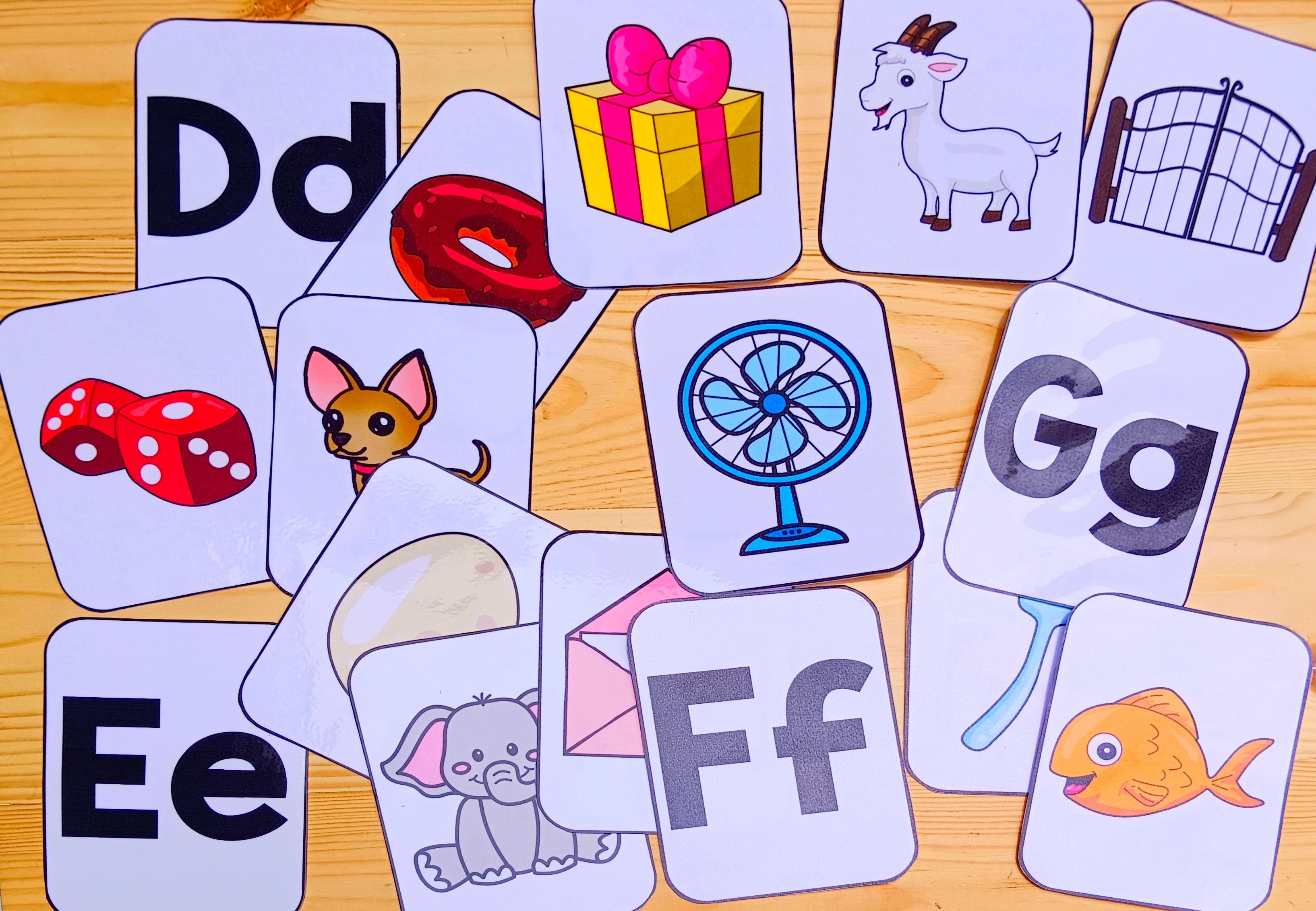
- Alphabet posters for visual reinforcement.
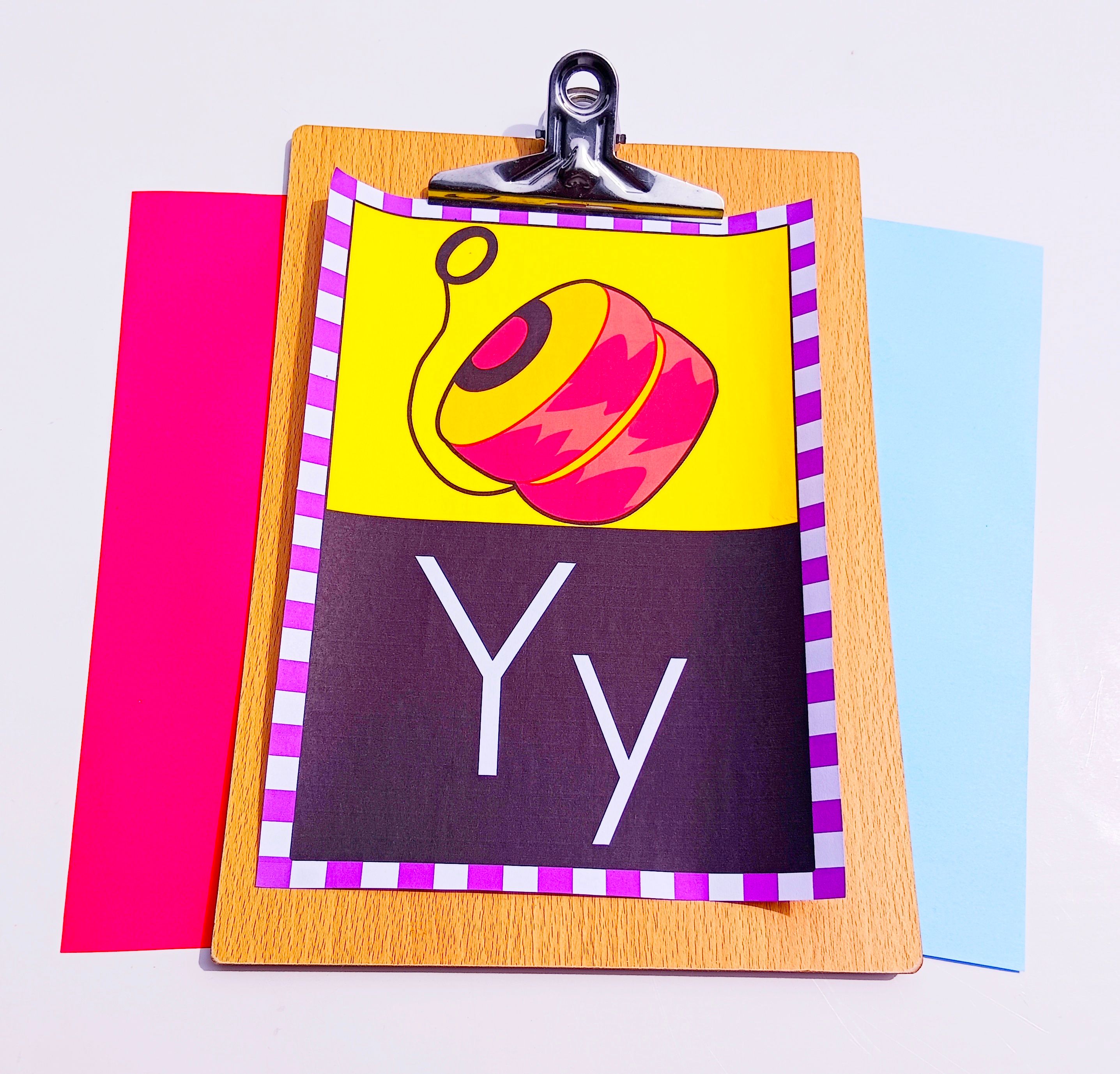

- Letter hunts where students find upper and lowercase letters.

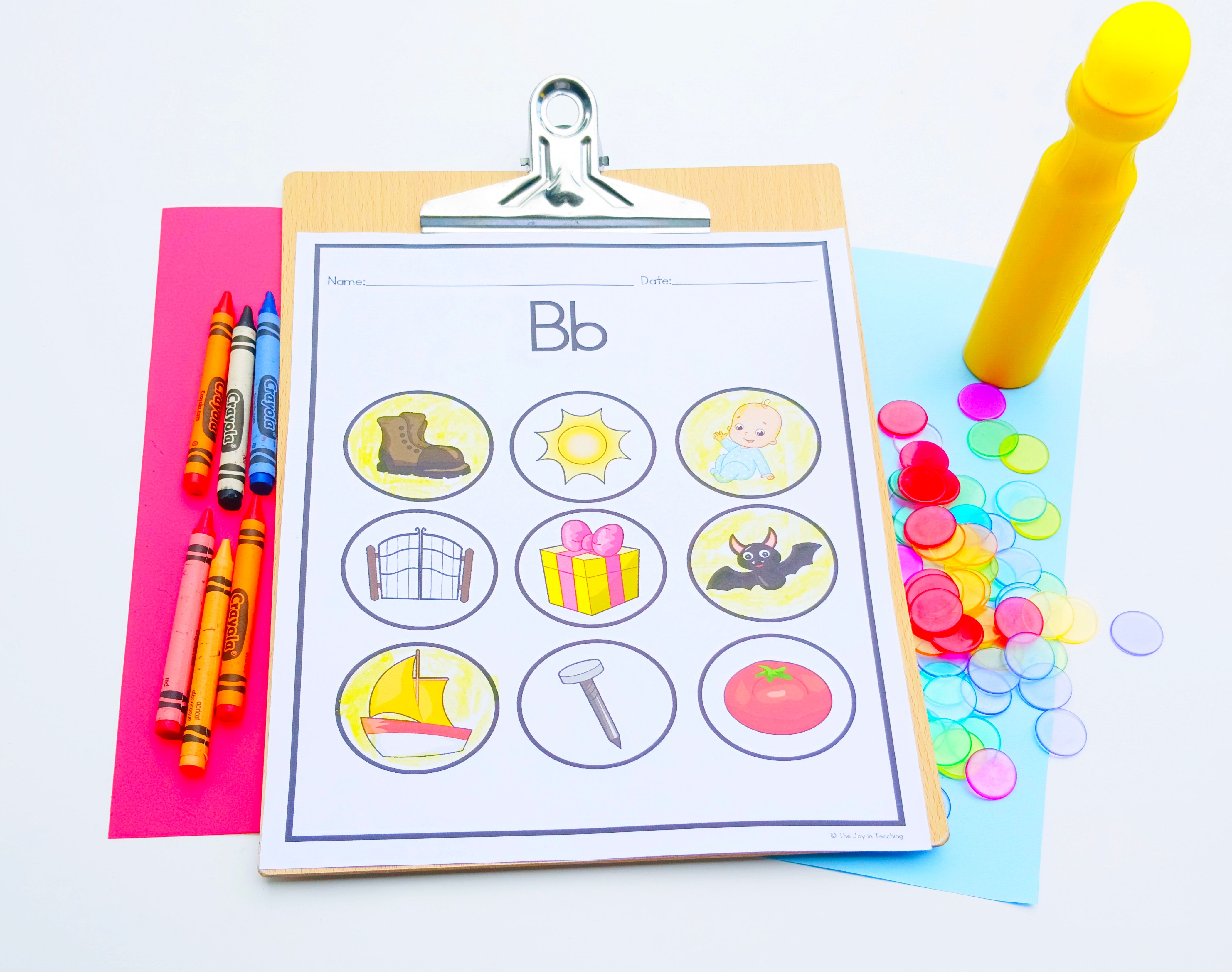
- Tracing sheets for writing practice.
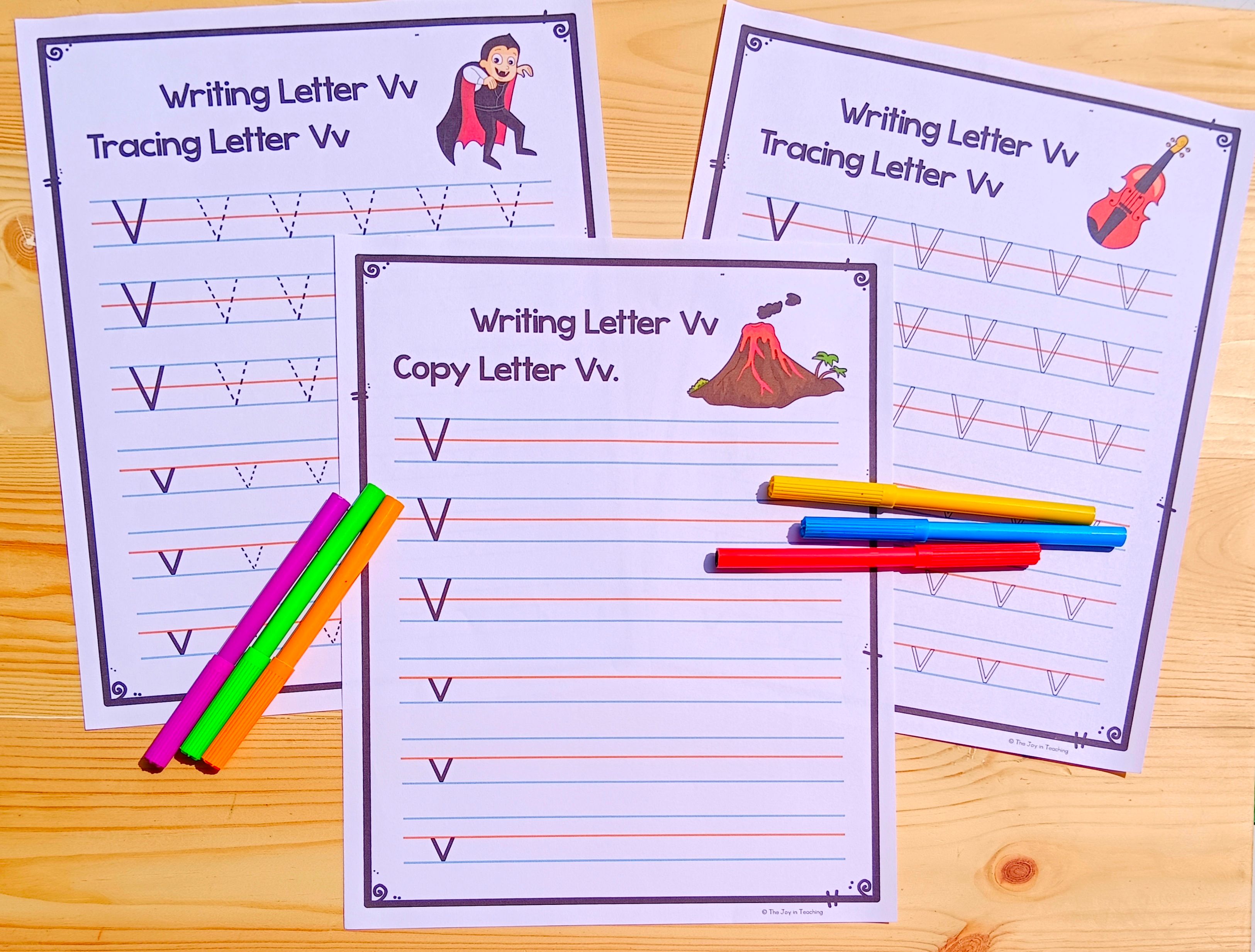
- Coloring sheets for reading and fine motor skills practice.
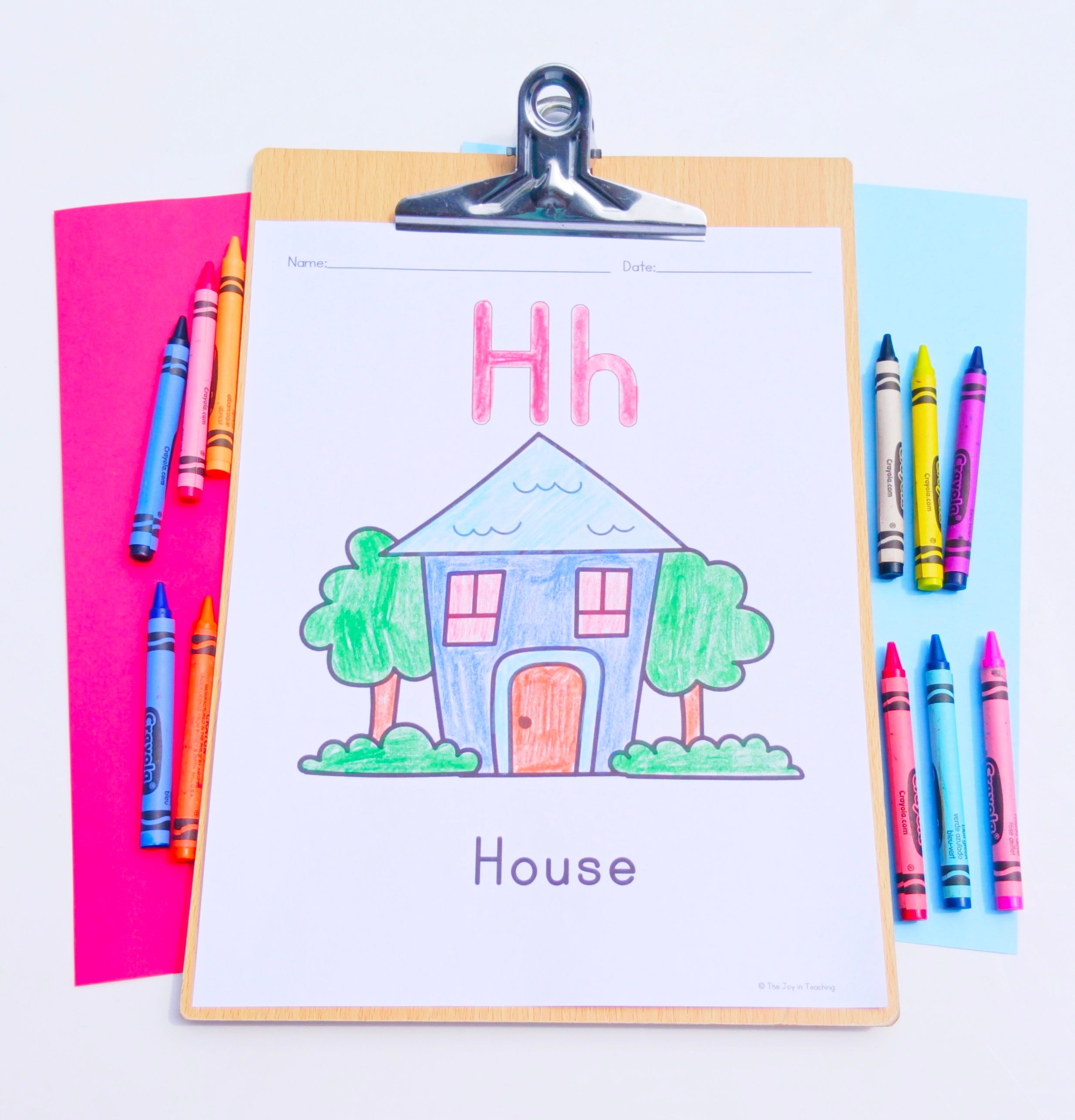
- Cut-and-paste pages to match letters with images.
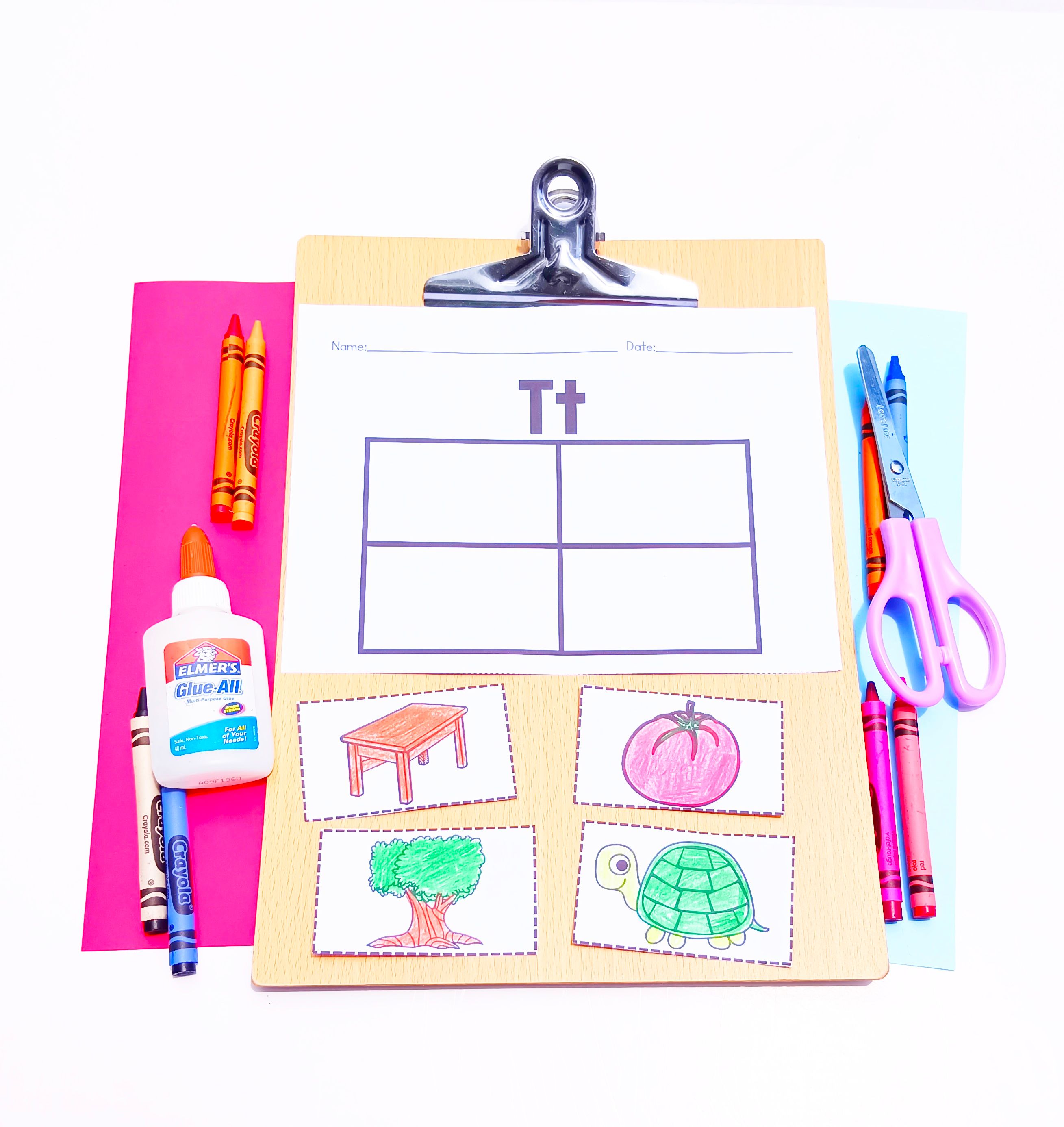
- Drawing prompts to connect letters with creativity and letter sounds.
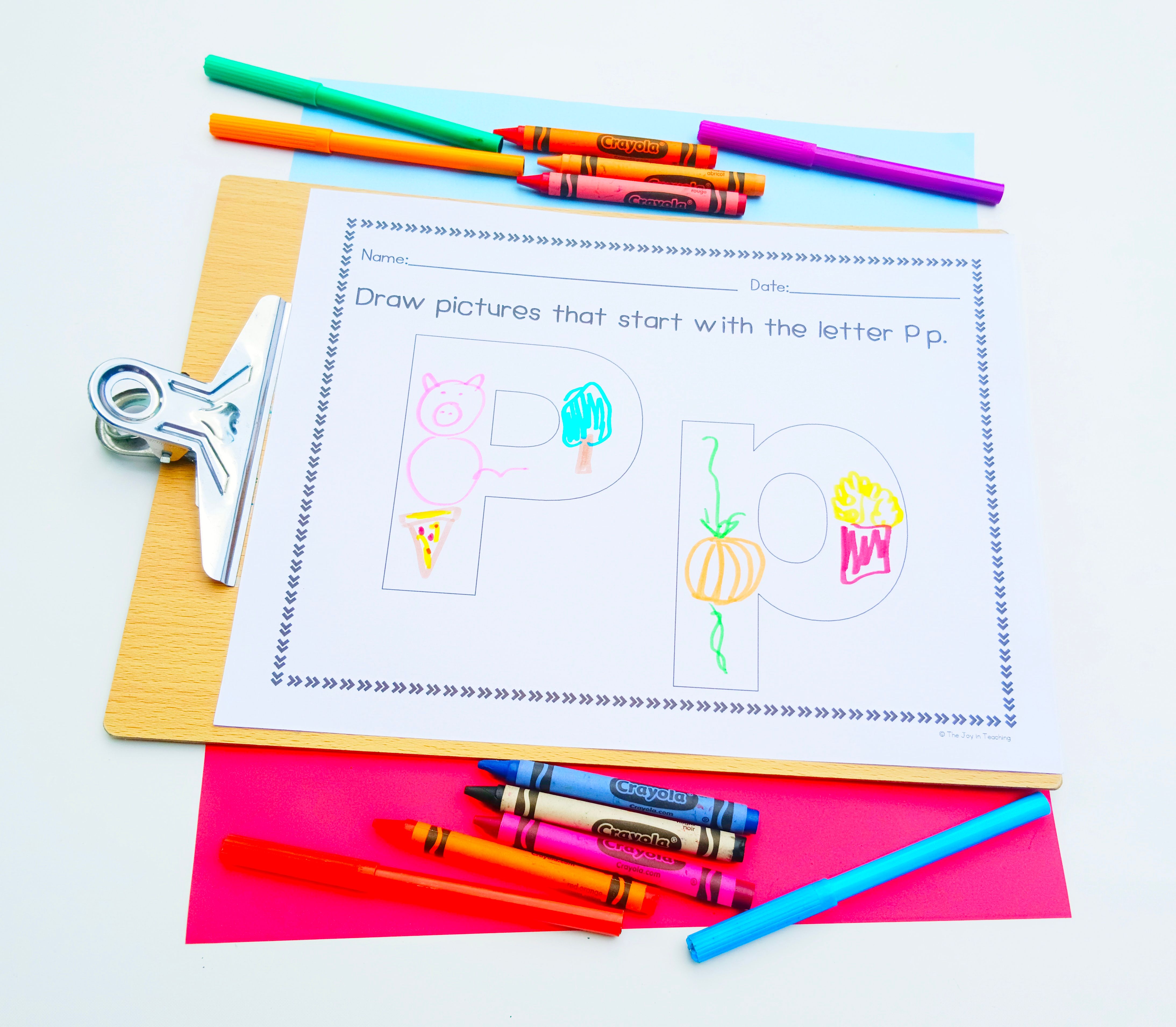
🔢 Number Fun from 1 to 10
Early number skills set the foundation for future math understanding. Try:
- Color-by-number activities to make math artistic.
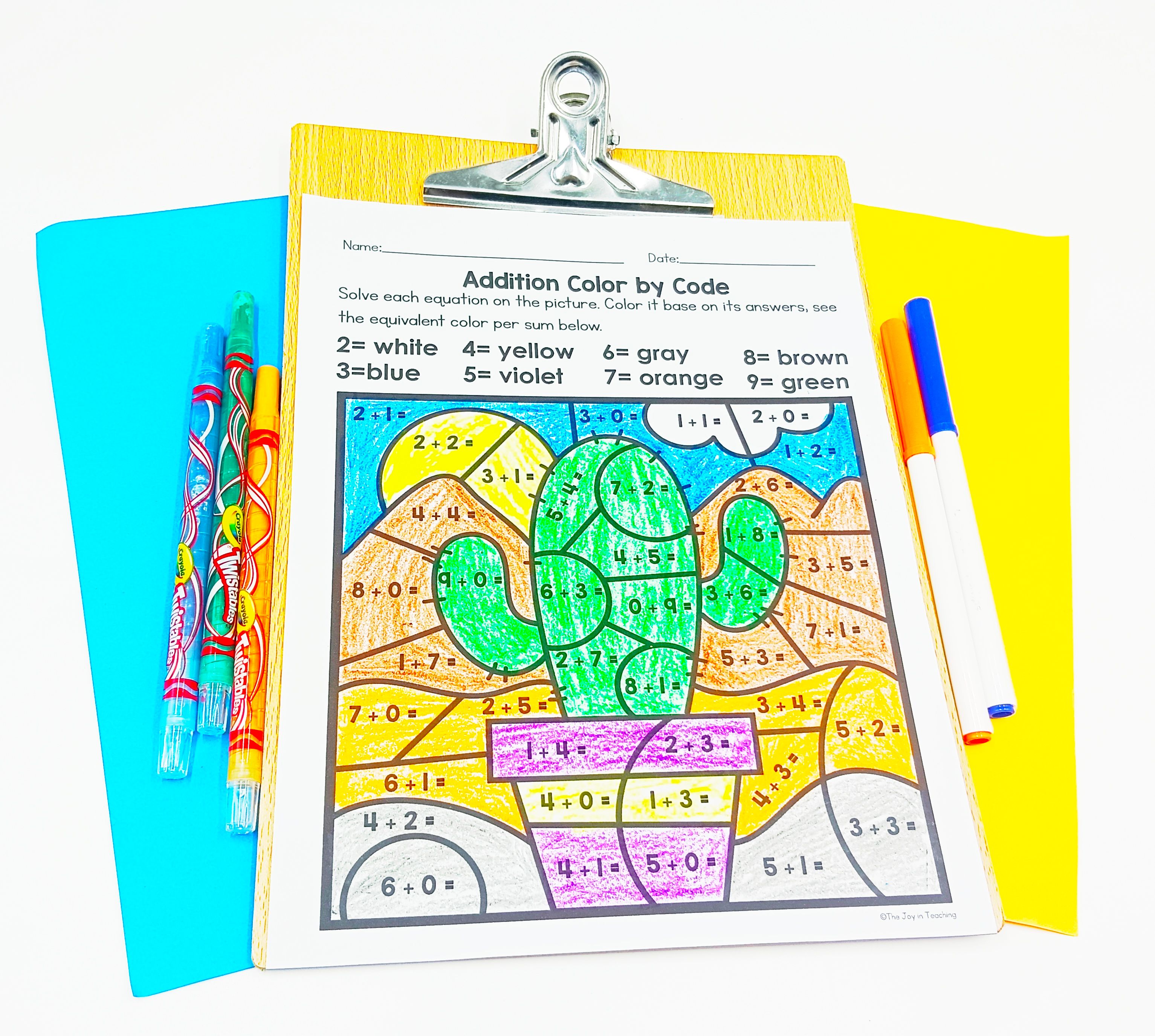
- Number tracing and writing to practice proper formation.
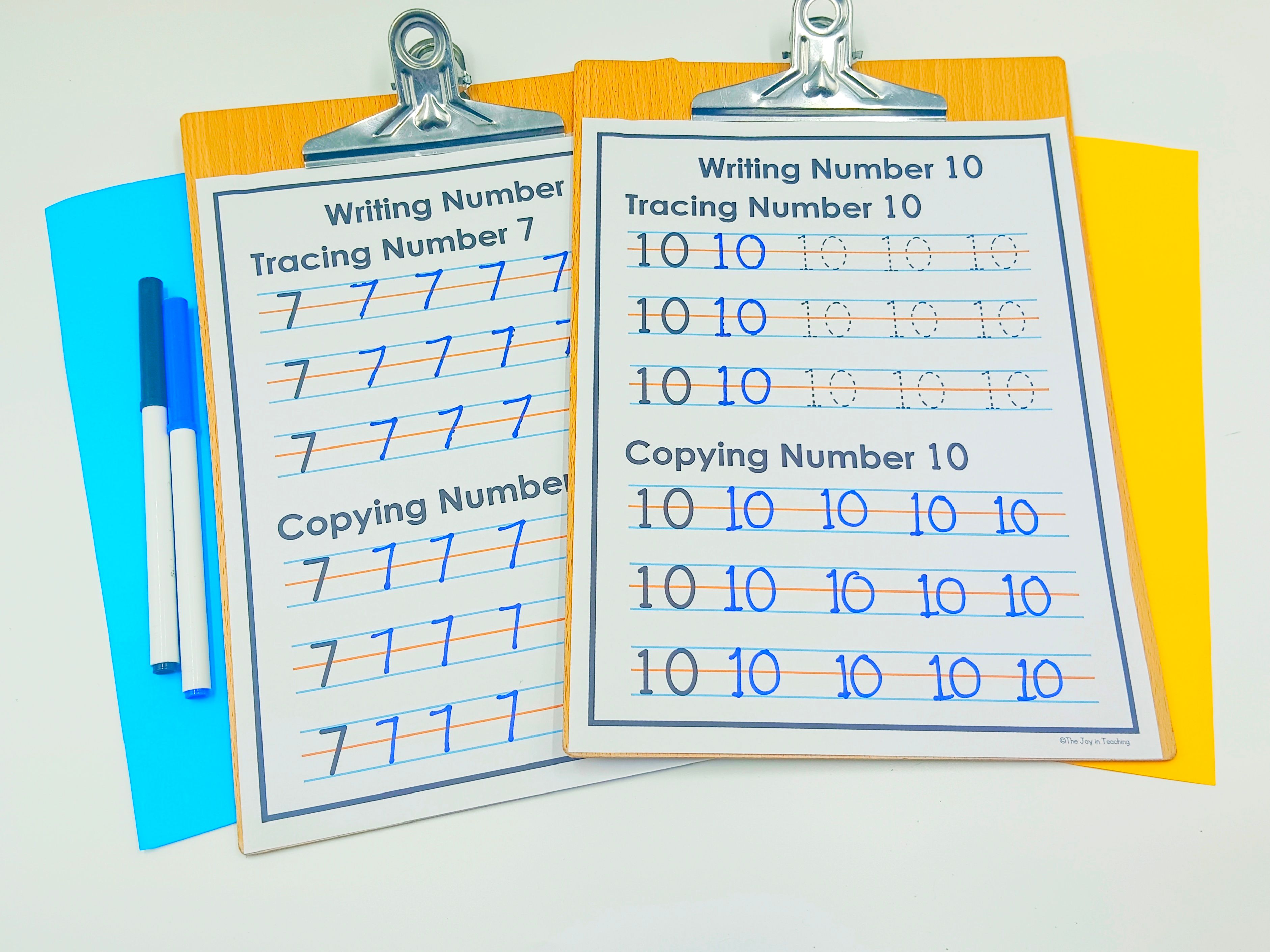
- Counting with hands or manipulatives like popsicle sticks.
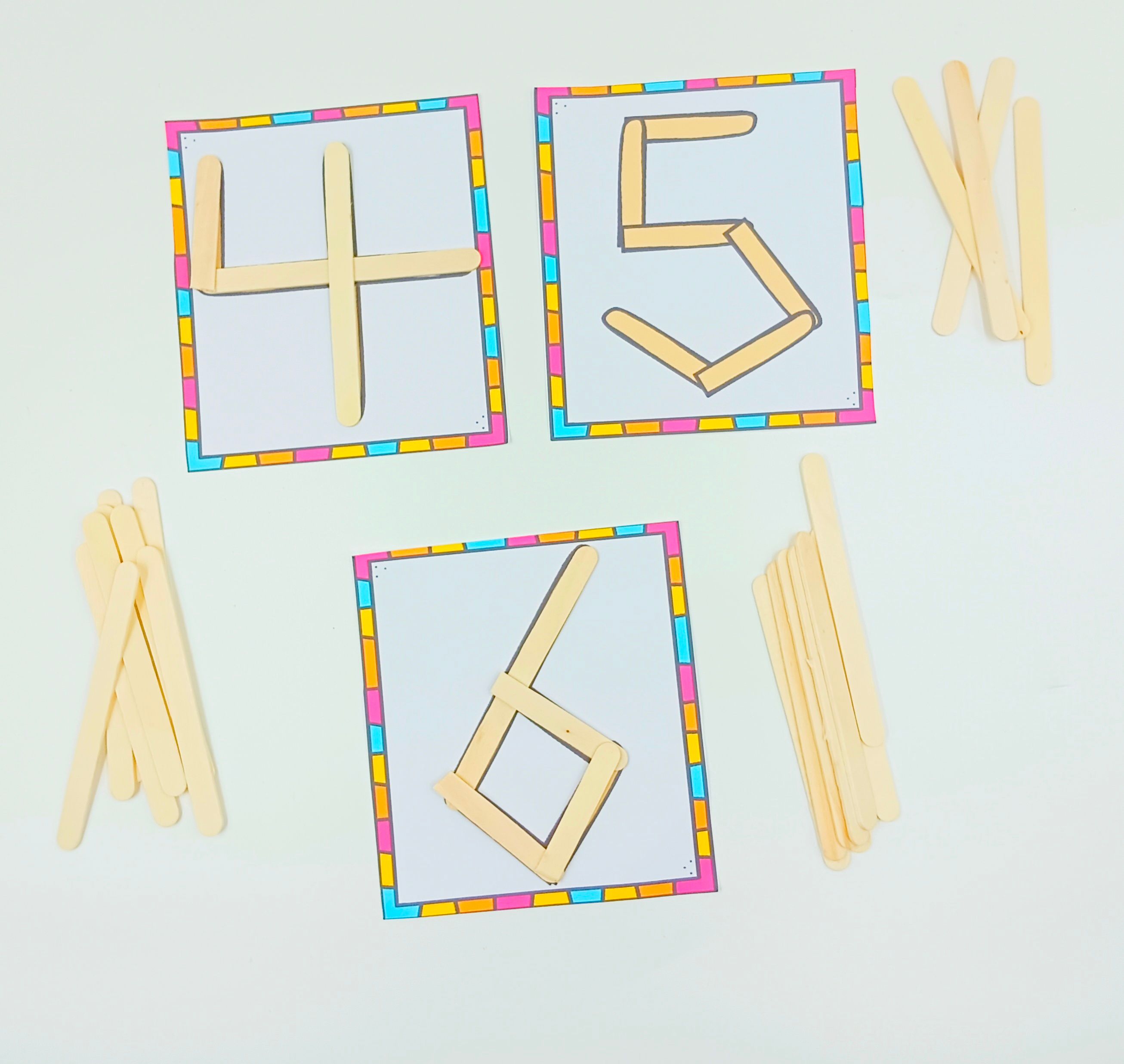
- Matching objects to numbers through hands-on games or worksheets.
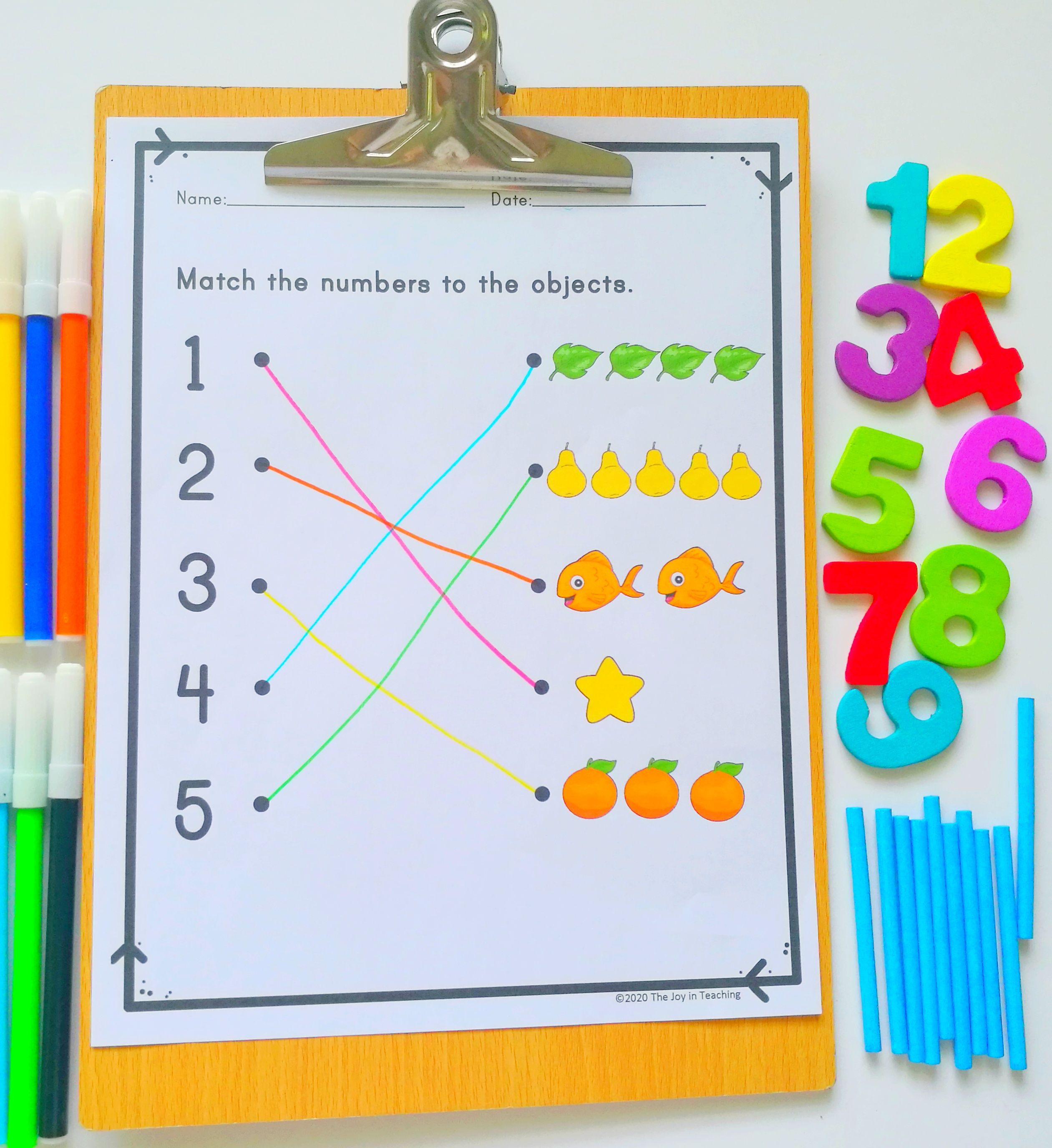
- Assessment-style tasks that review counting, ordering, and finding missing numbers.
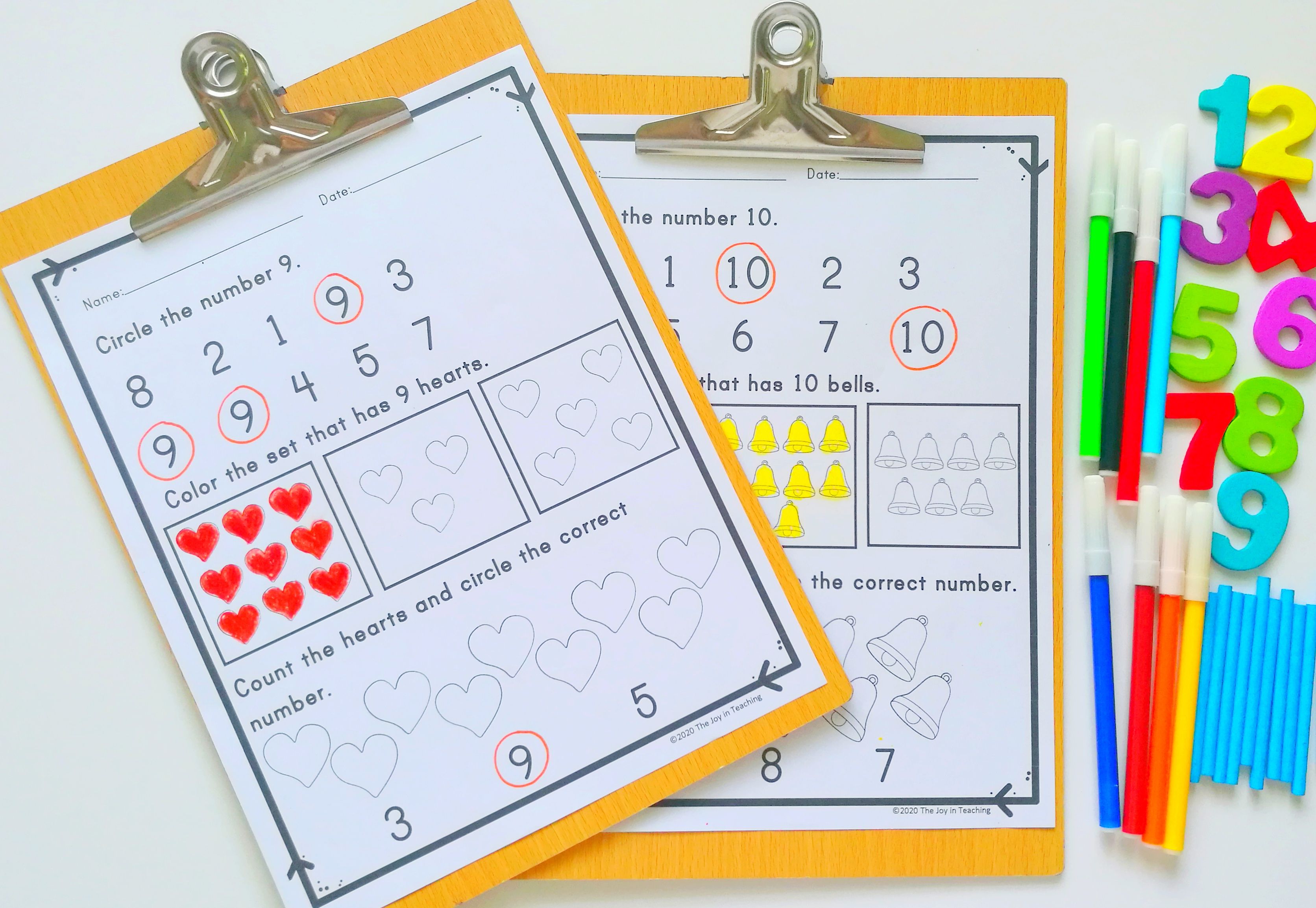
Make numbers tangible and meaningful by linking them to real-world examples.
🧠 Beginning Sounds Boost
Sound awareness is key for reading readiness! Use simple picture-matching worksheets, beginning sound sorting, or classroom object hunts to help students hear and match initial sounds to the correct letters. You can even add a silly twist—“Bring something tomorrow that starts with the letter B. Bonus points if it’s blue!”
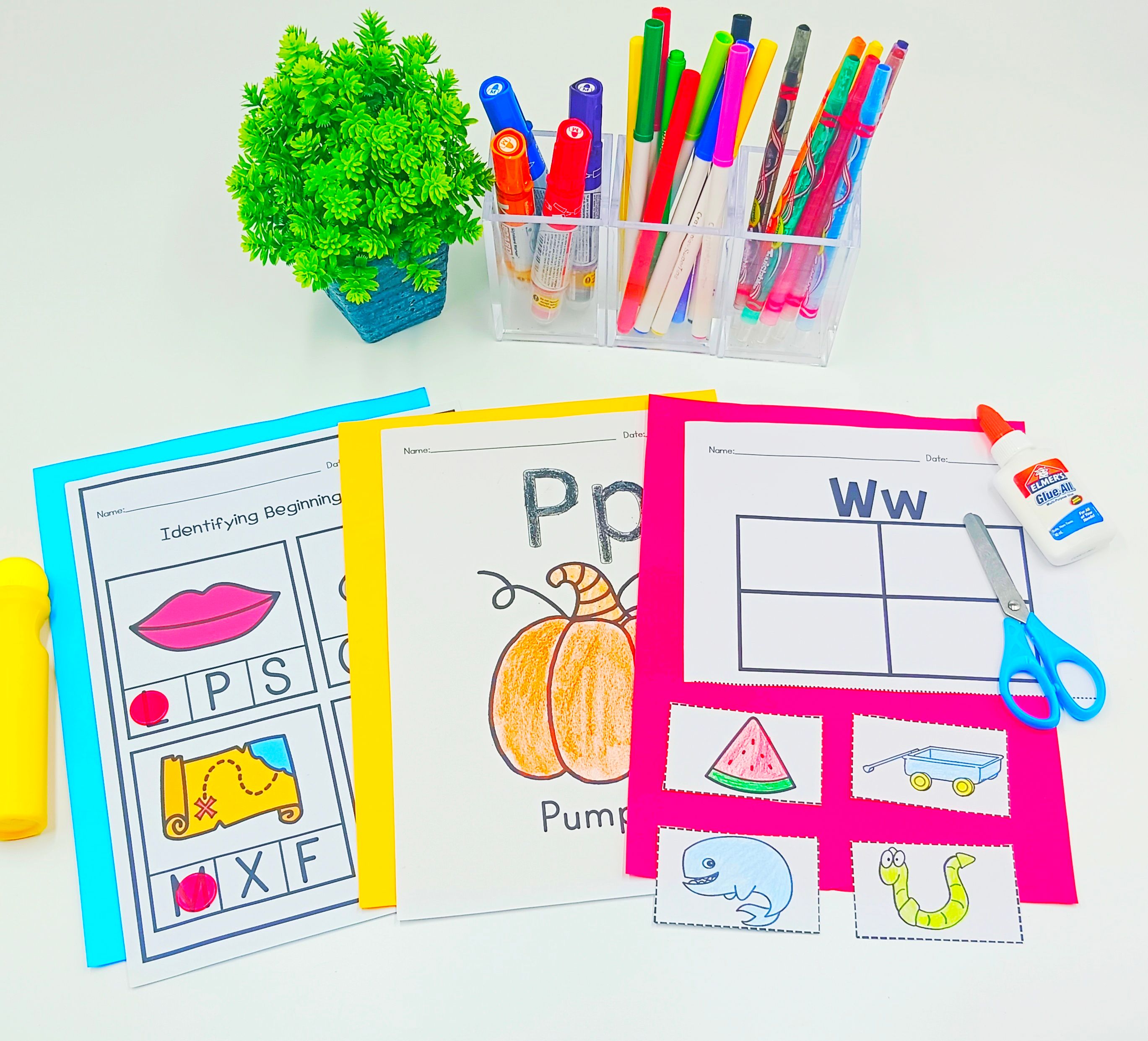
✂️ Fine Motor Skills that Build Independence
Fine motor control plays a huge role in writing, cutting, and daily tasks. Encourage development through:
- Cutting practice pages with simple lines and shapes.
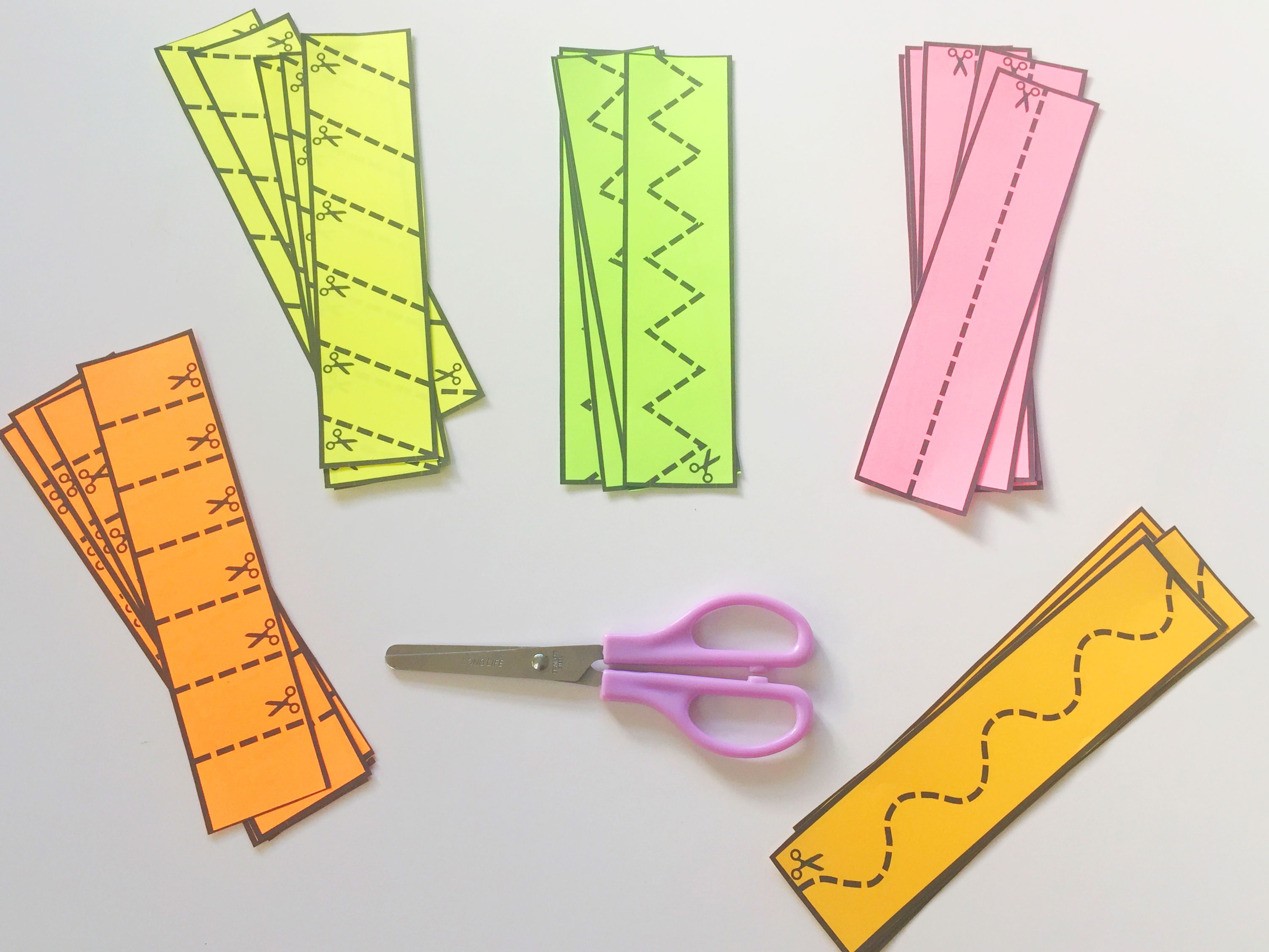
- Glue control activities where kids apply small dots instead of puddles!
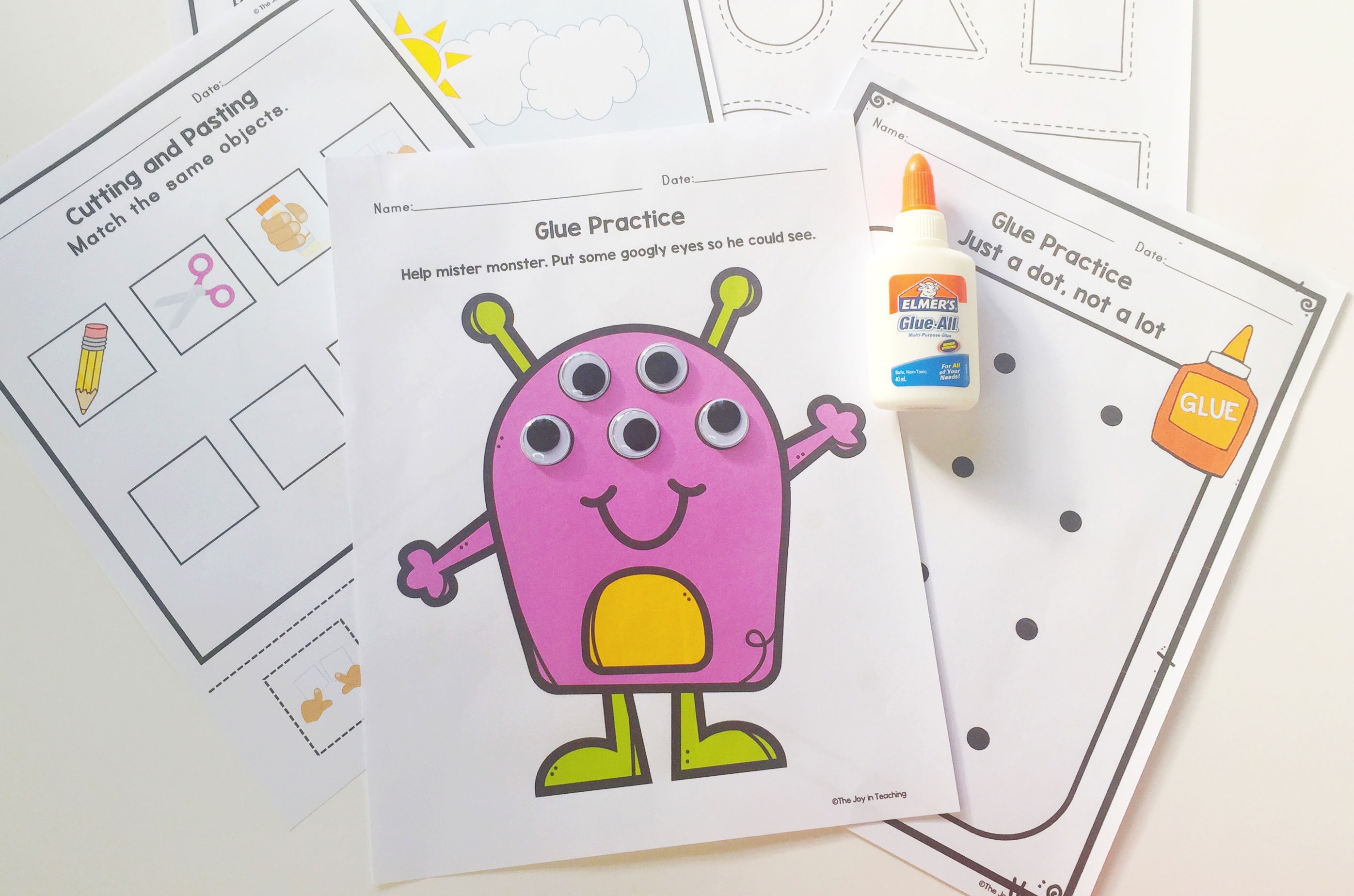
- Pre-writing pattern tracing to prepare for writing letters.
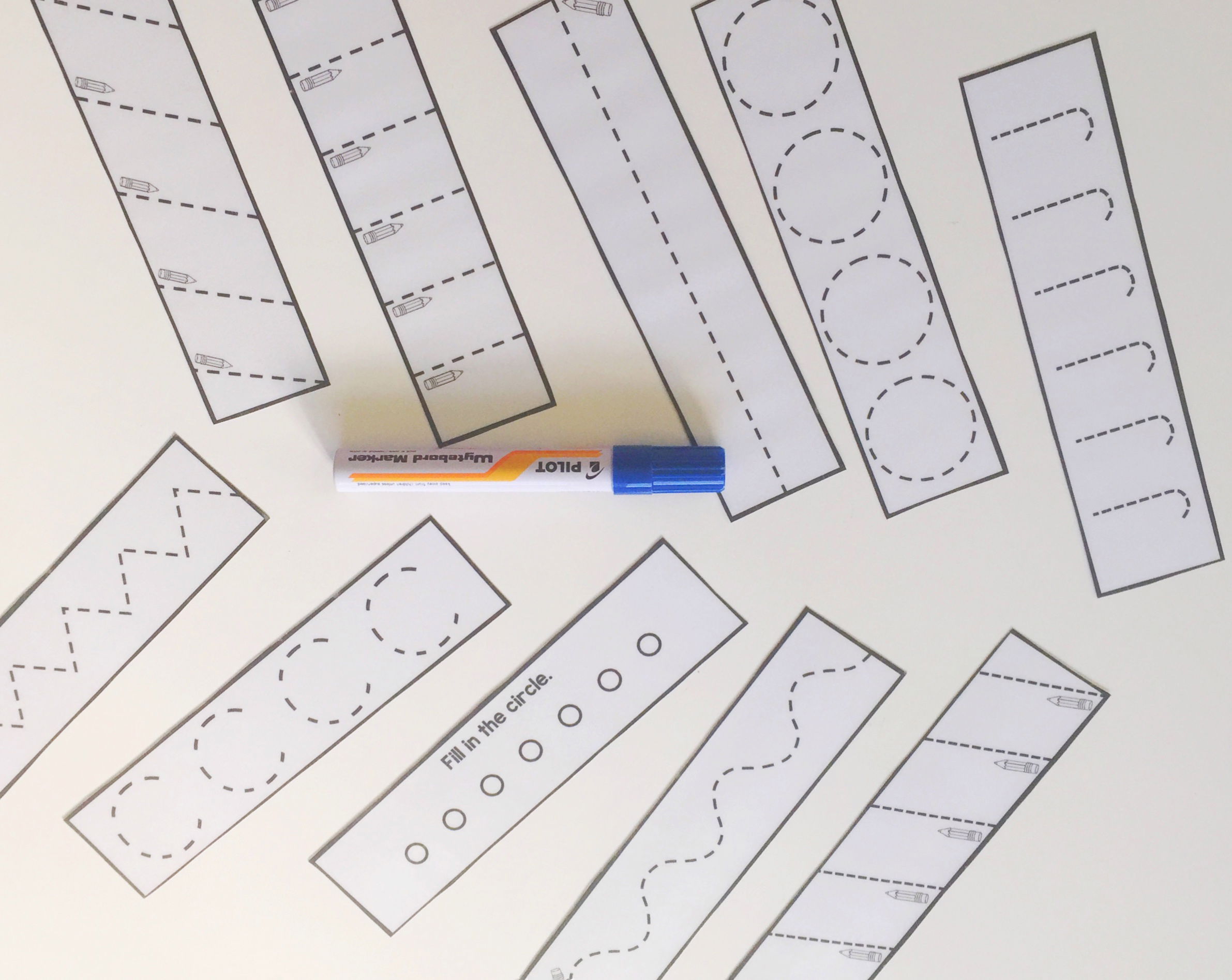
- Crafts that involve pasting shapes, coloring inside lines, or stringing beads.
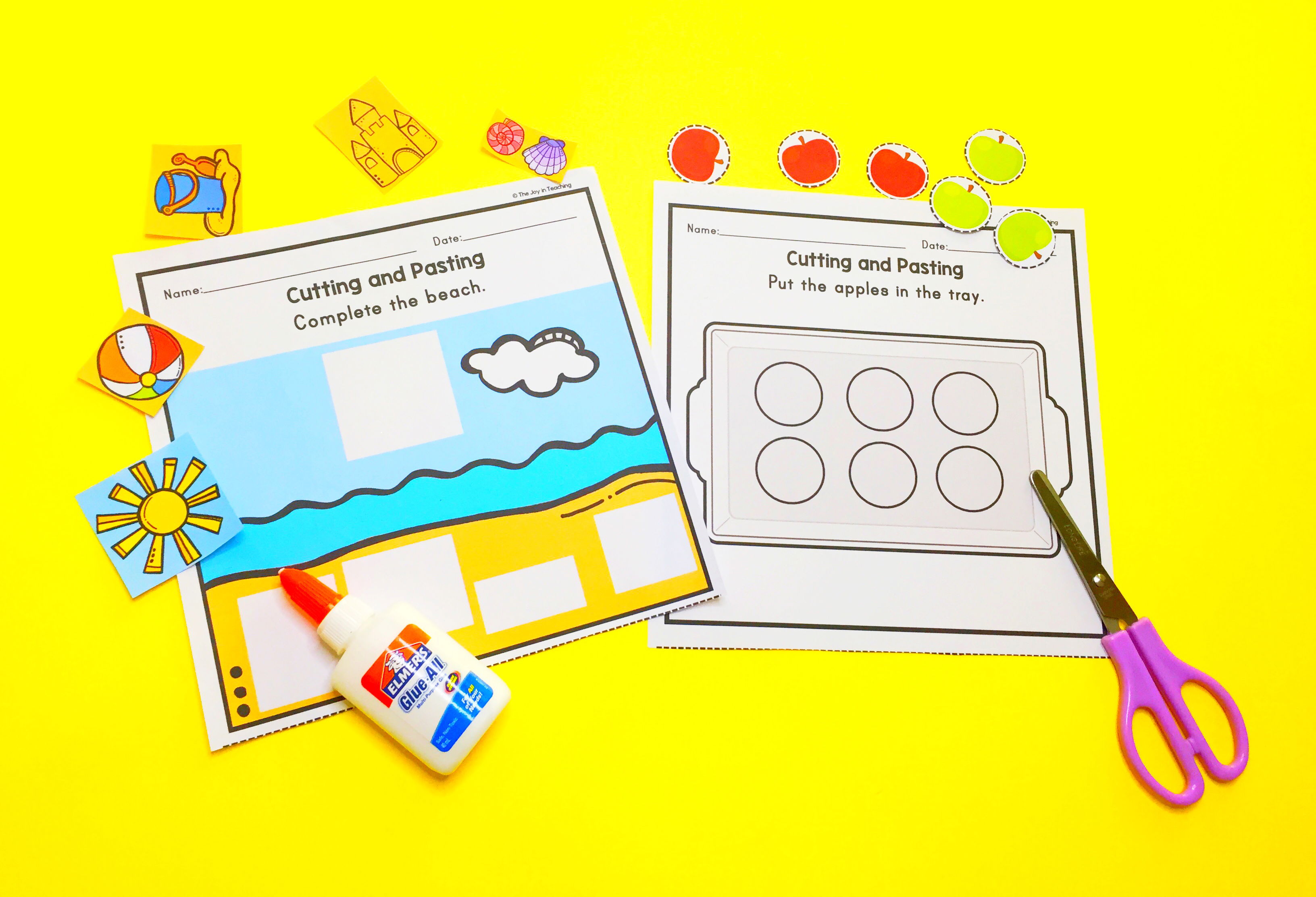
Tip: Rotate motor activities weekly to keep things fresh and challenging.
🟥 Learning Colors and Shapes
Reinforce basic concepts using:
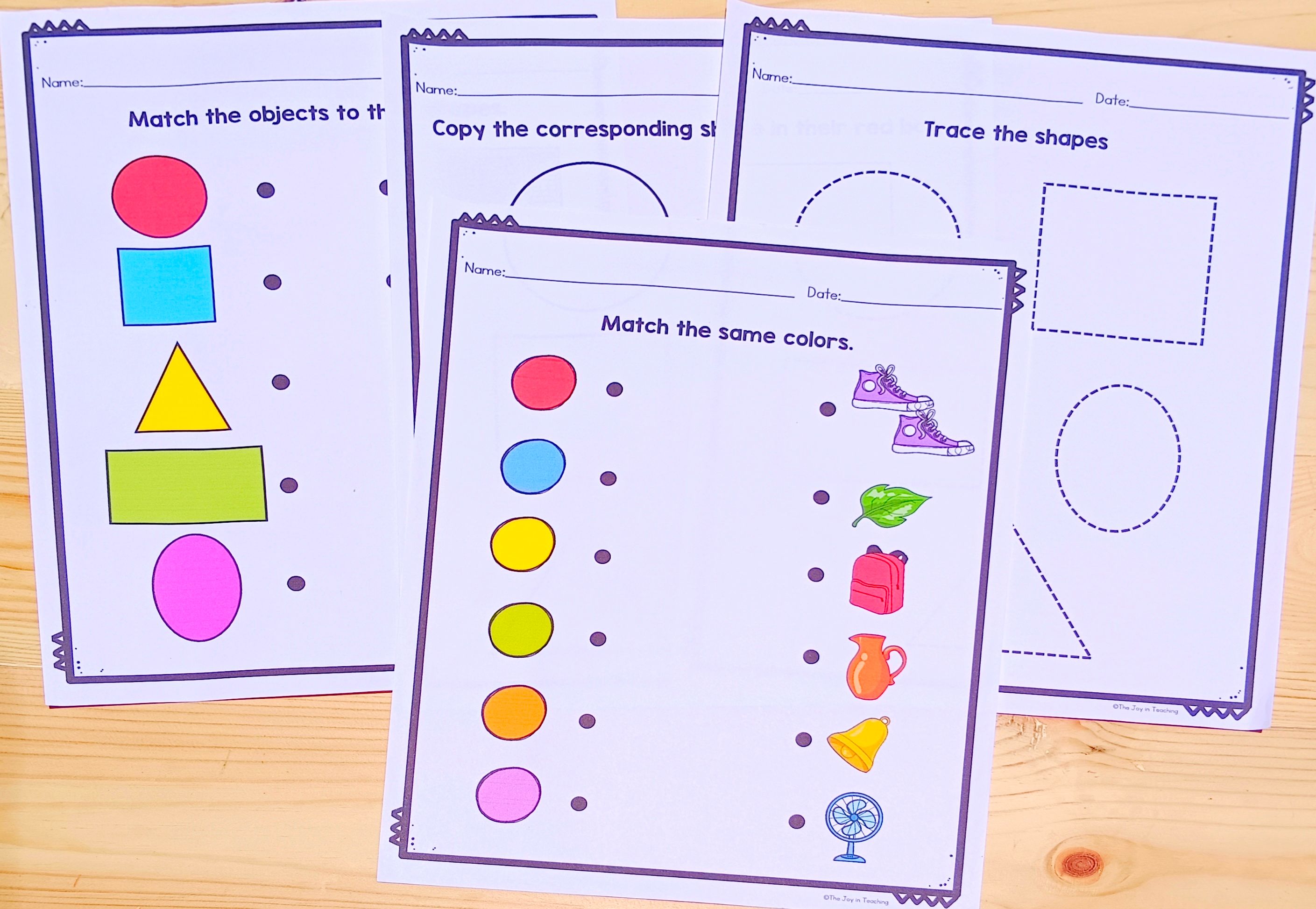
- Color hunts using real objects around the room or home.
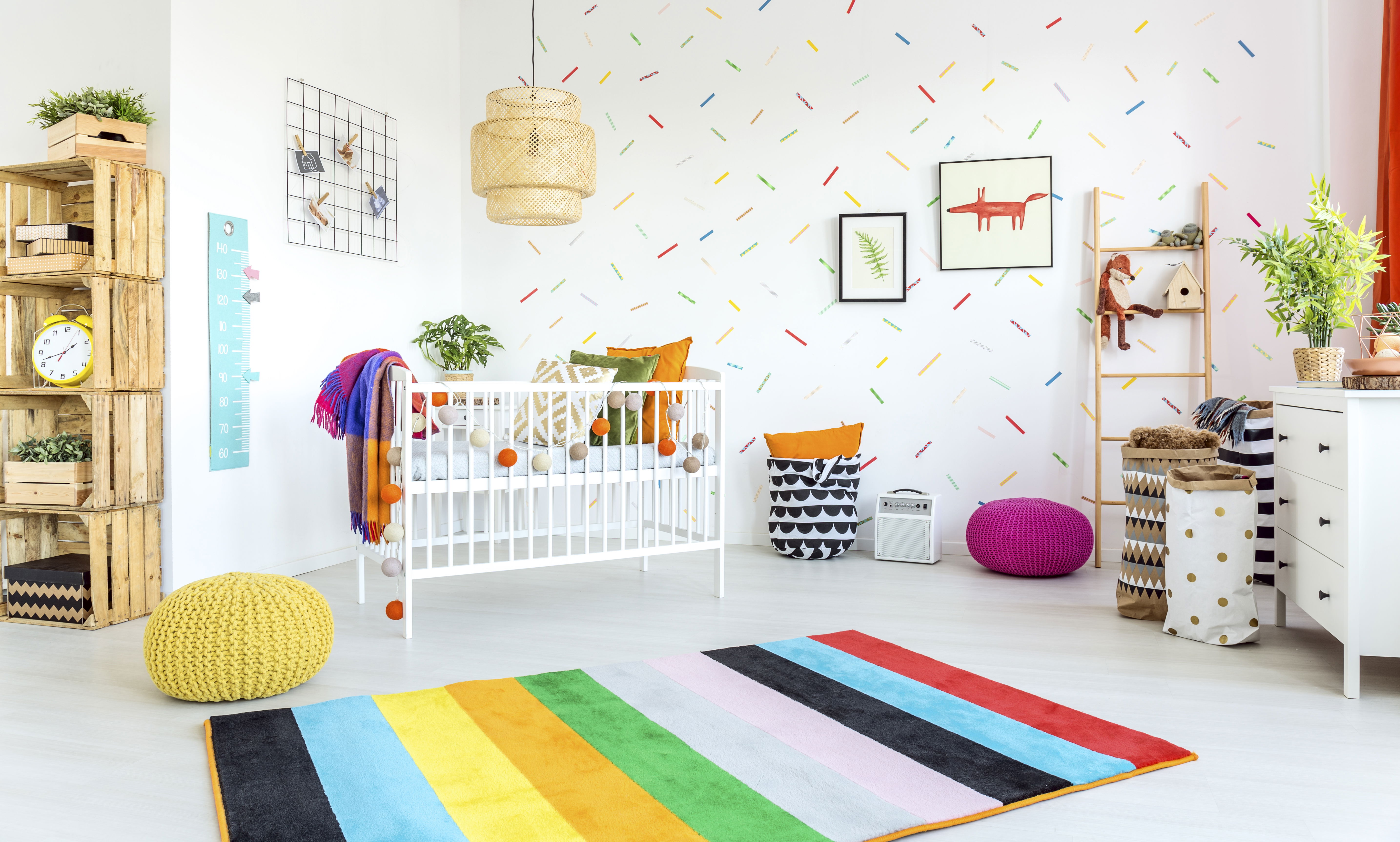
- Shape collages where students create animals or buildings from triangles, squares, and circles.
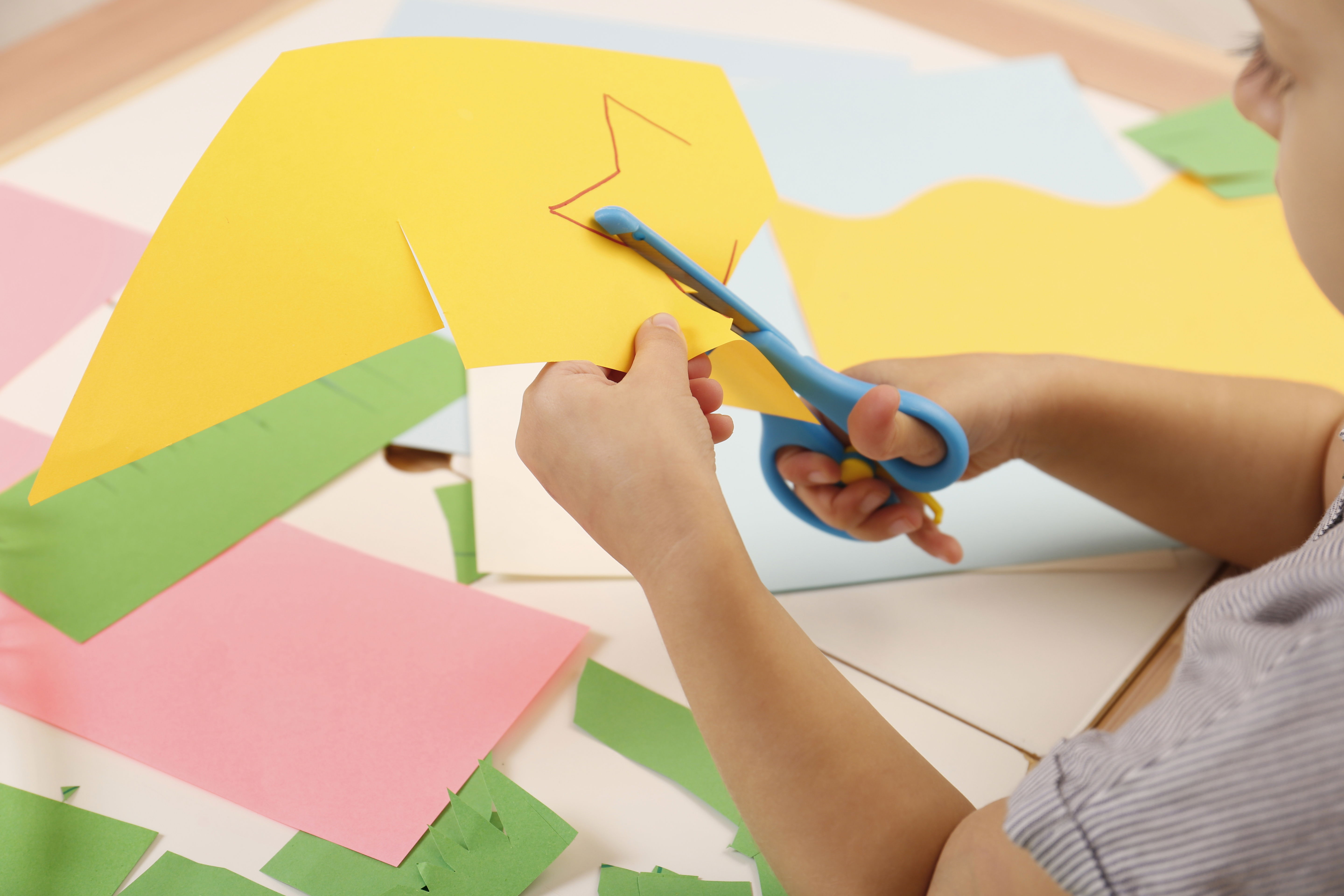
- Simple science activities like mixing food coloring to explore color combinations.

These visual lessons are perfect for reinforcing vocabulary and helping students describe their world.
🧩 Learning Binders for Consistent Practice
Create a reusable learning binder that includes:
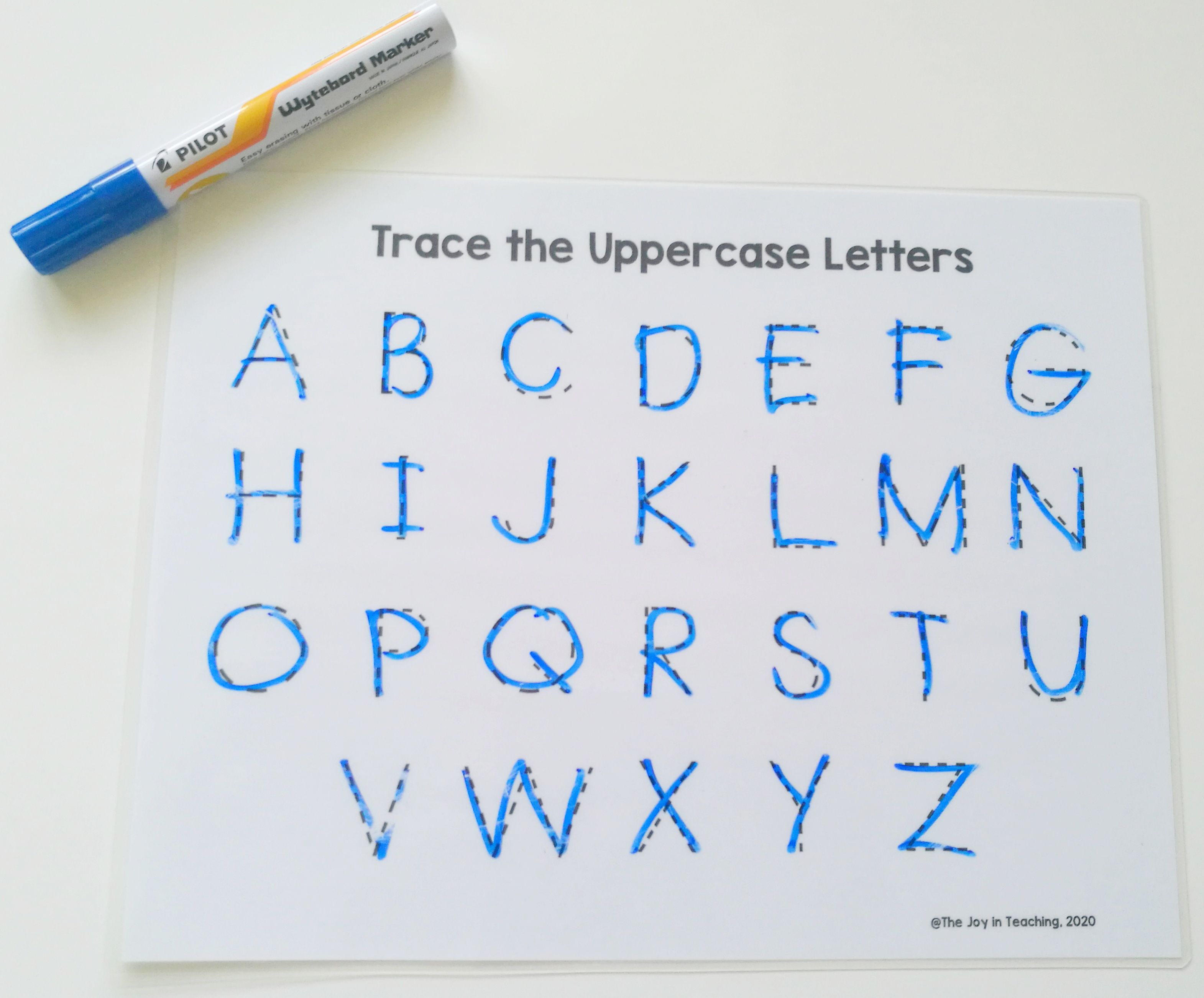
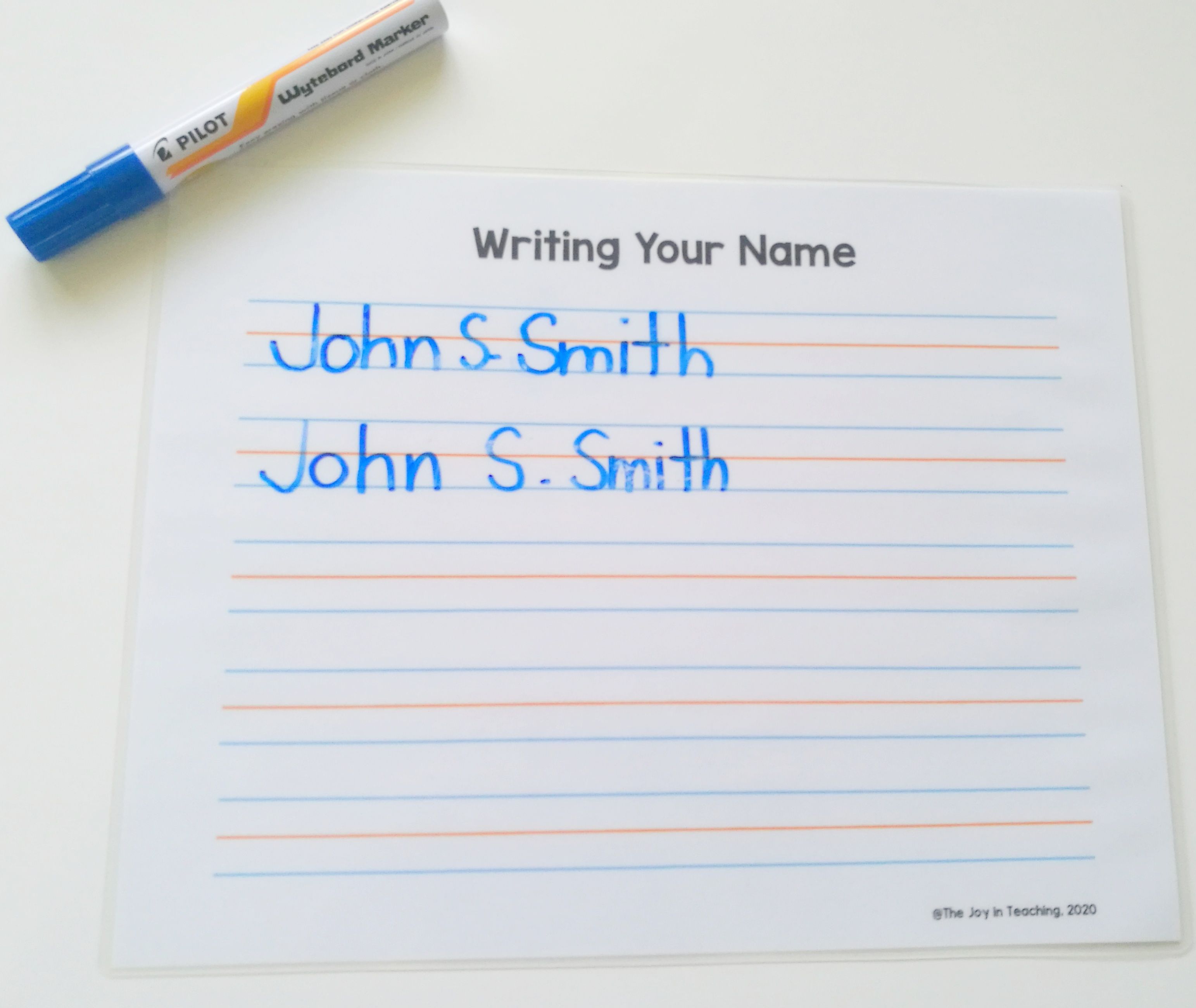
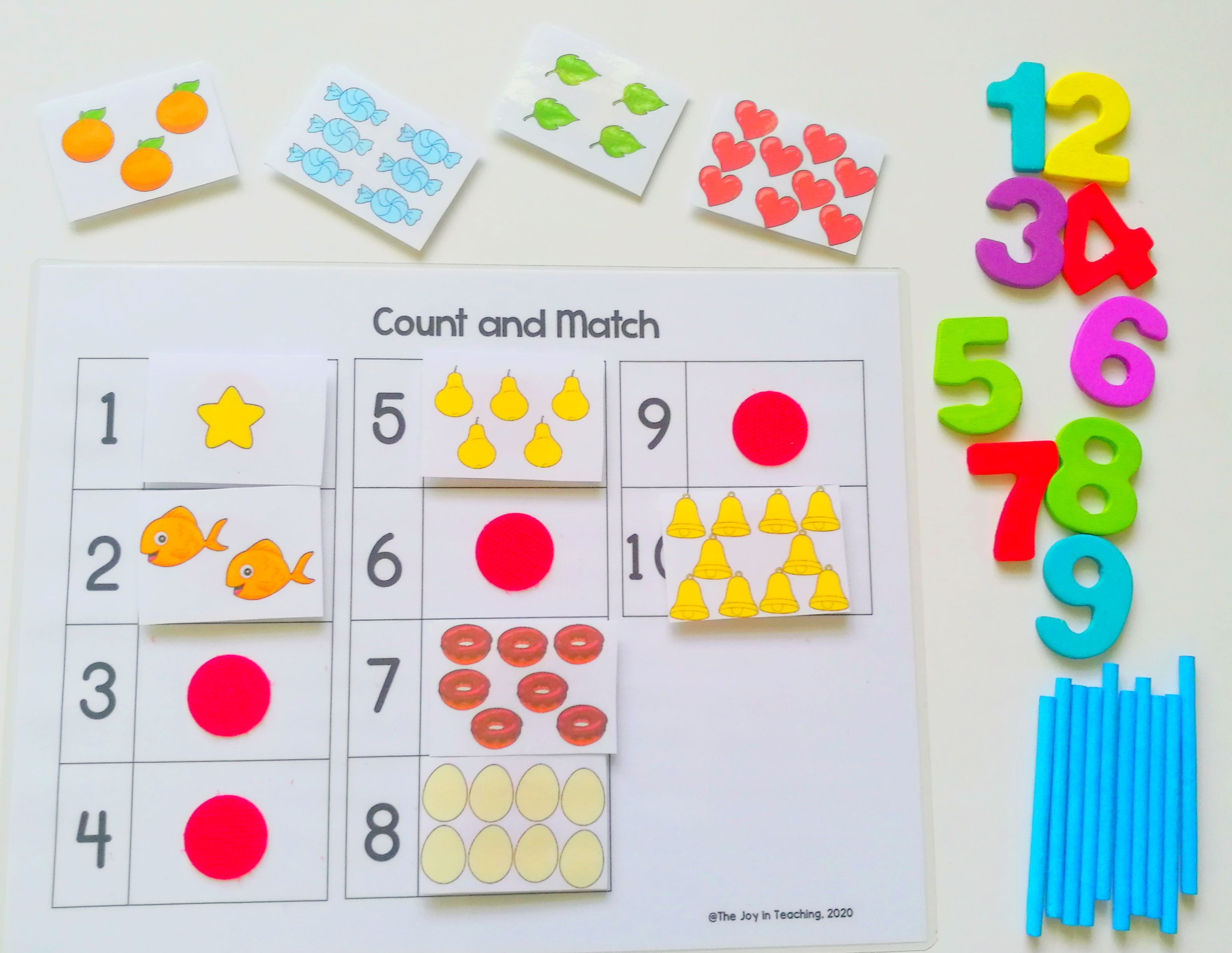
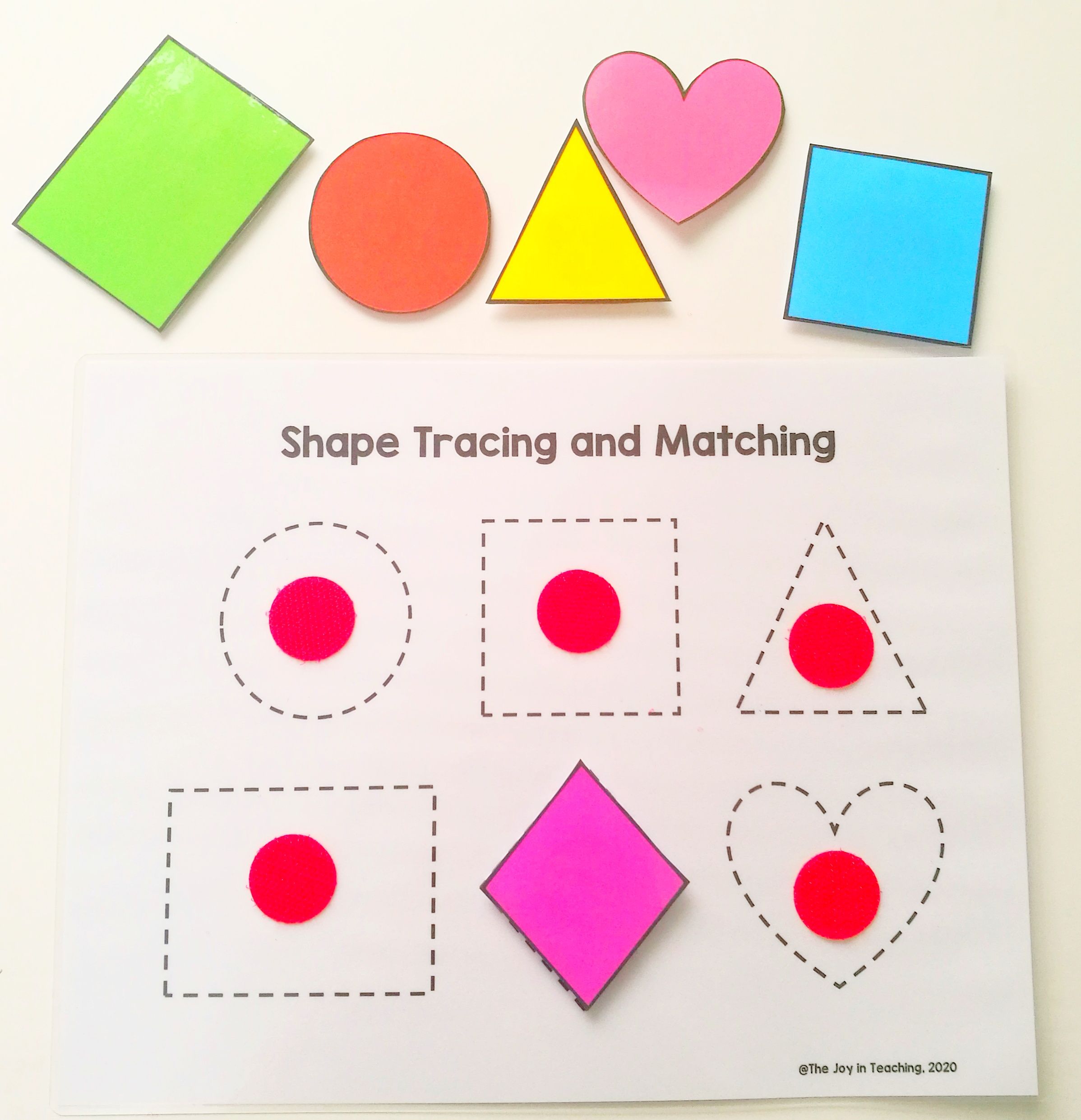


Tip: Laminate pages or slide them into sheet protectors for dry-erase use—instant repeatable practice!
🎯 At-Home Activities That Make Learning Stick
Keep learning going at home with these fun, low-prep ideas:
- Science Scavenger Hunt: Hunt nature objects around your garden.
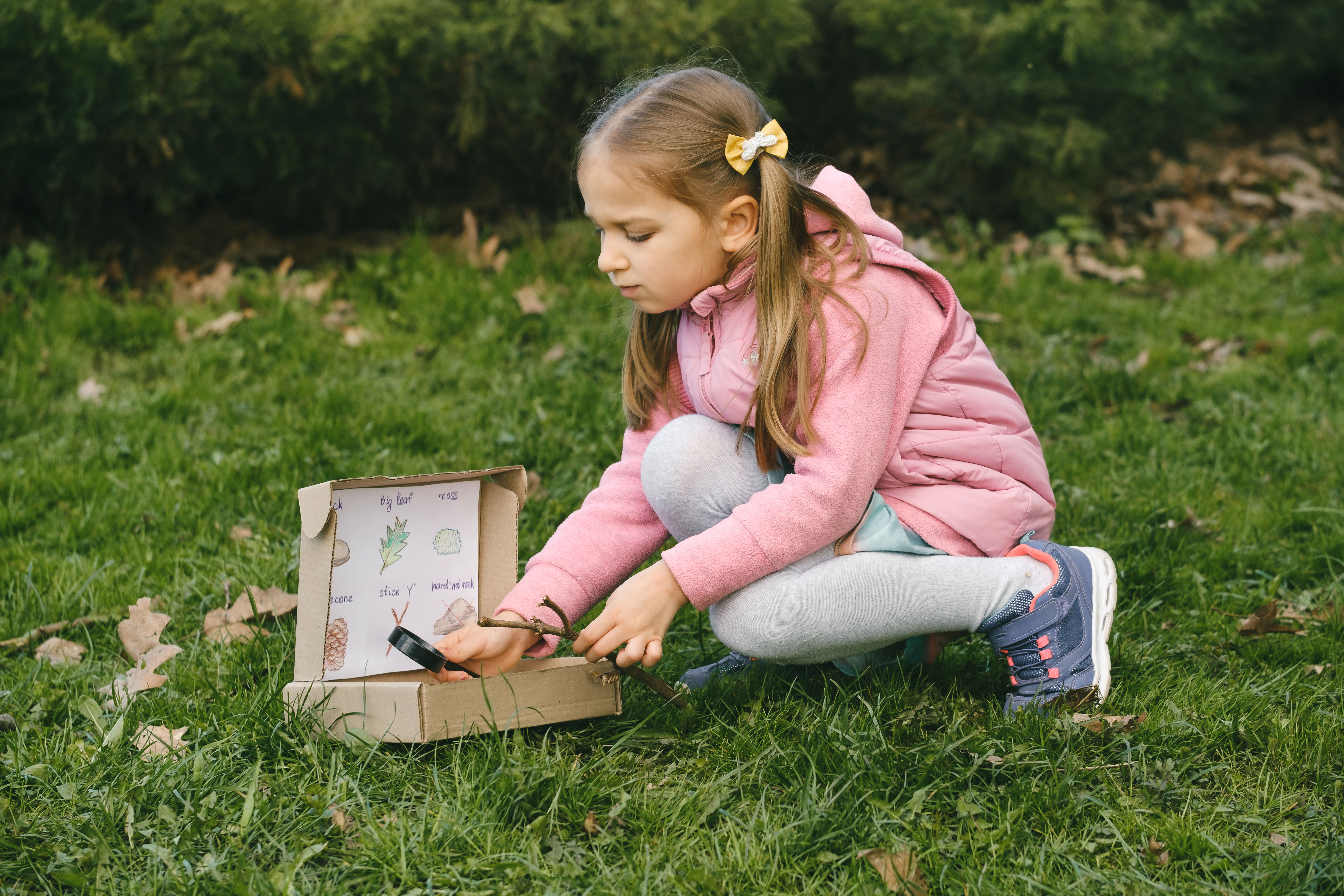
- Number Walk: Spot numbers on signs, houses, or mailboxes.

- Color Sorting Snacks: Use fruits or cereals to sort by color.

These playful moments encourage learning outside the classroom—and strengthen the home-school connection.
🏫 In the Classroom: Creative Ways to Teach Core Skills
Try these classroom-friendly activities for extra engagement:
- Letter of the Week Show and Tell – Students bring an item that starts with the featured letter.
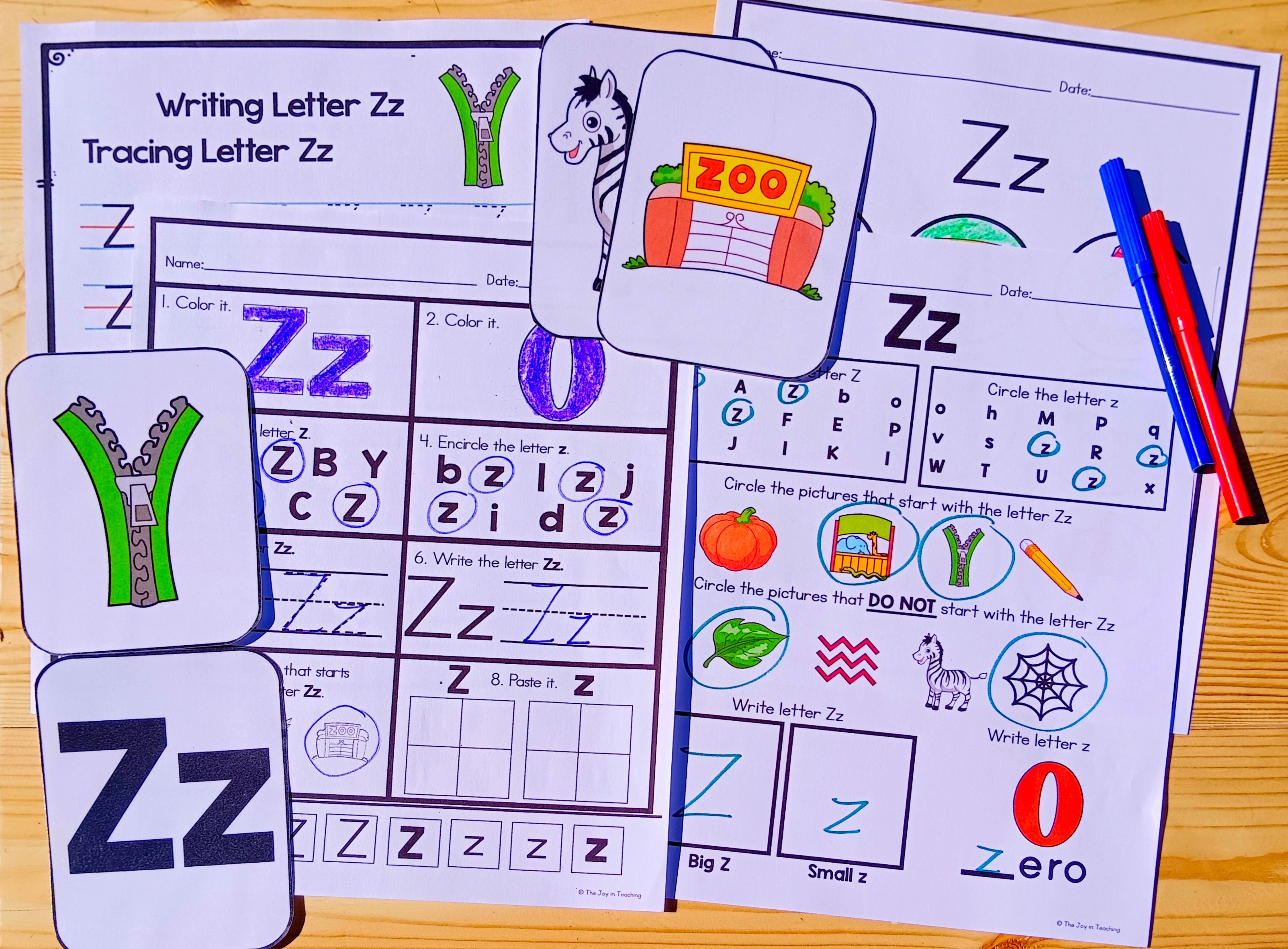
- Number Line Hopscotch – A kinesthetic way to practice counting.
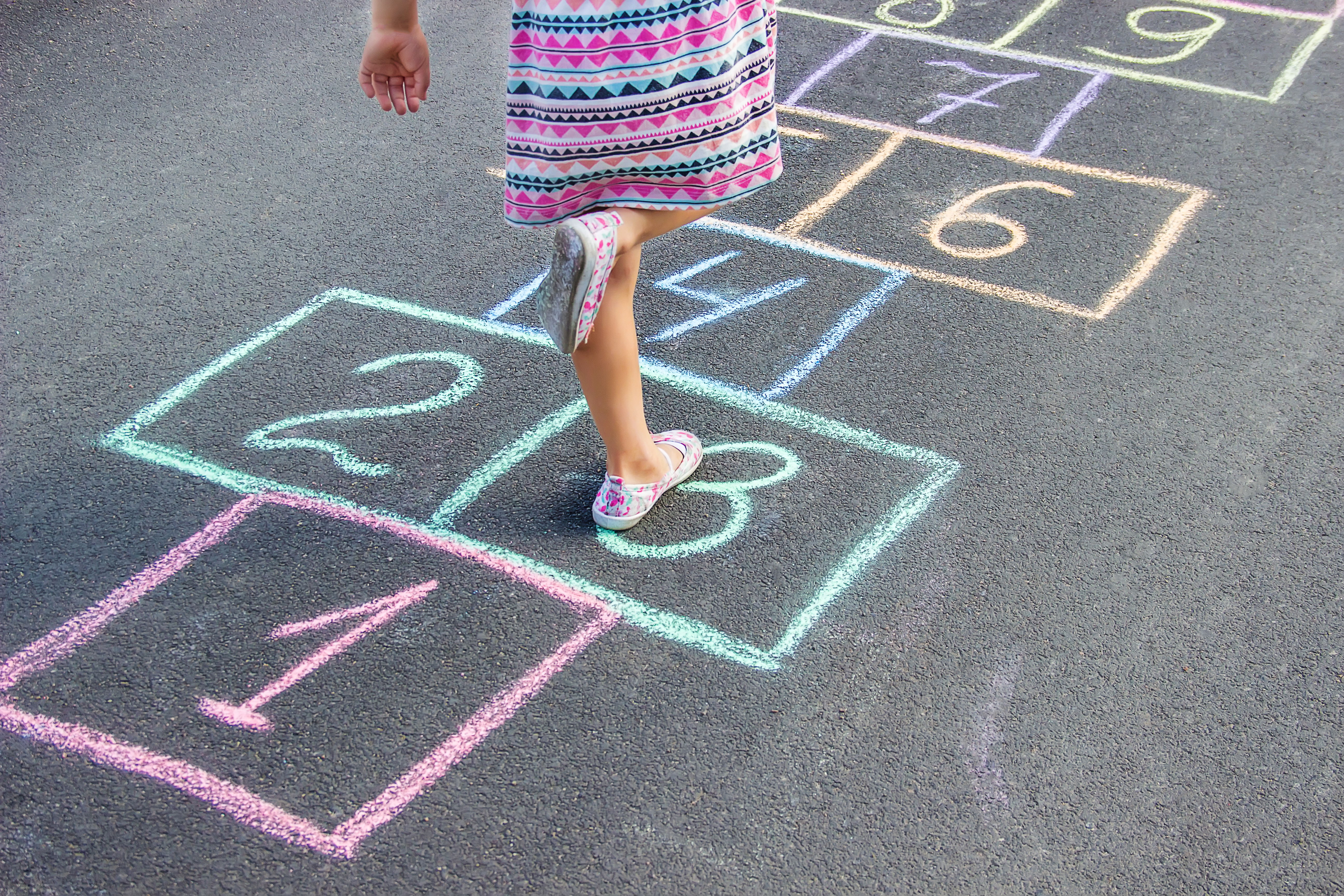
- Shape Crafts – Let students make houses, robots, or animals out of various shapes.

- Color Mixing Science – Mix food coloring with water to explore primary and secondary colors.

The more interactive and multi-sensory the activity, the more likely students are to remember and apply what they learn!
💡 Bonus Activity Ideas to Keep Things Fresh
Need a few more ideas in your back pocket? Try:
- Sensory bins based on a weekly theme (e.g., Letter A: acorns, apples, ants).

- Playdough letters and numbers for hands-on letter formation.

- Rhyming games to build phonemic awareness.
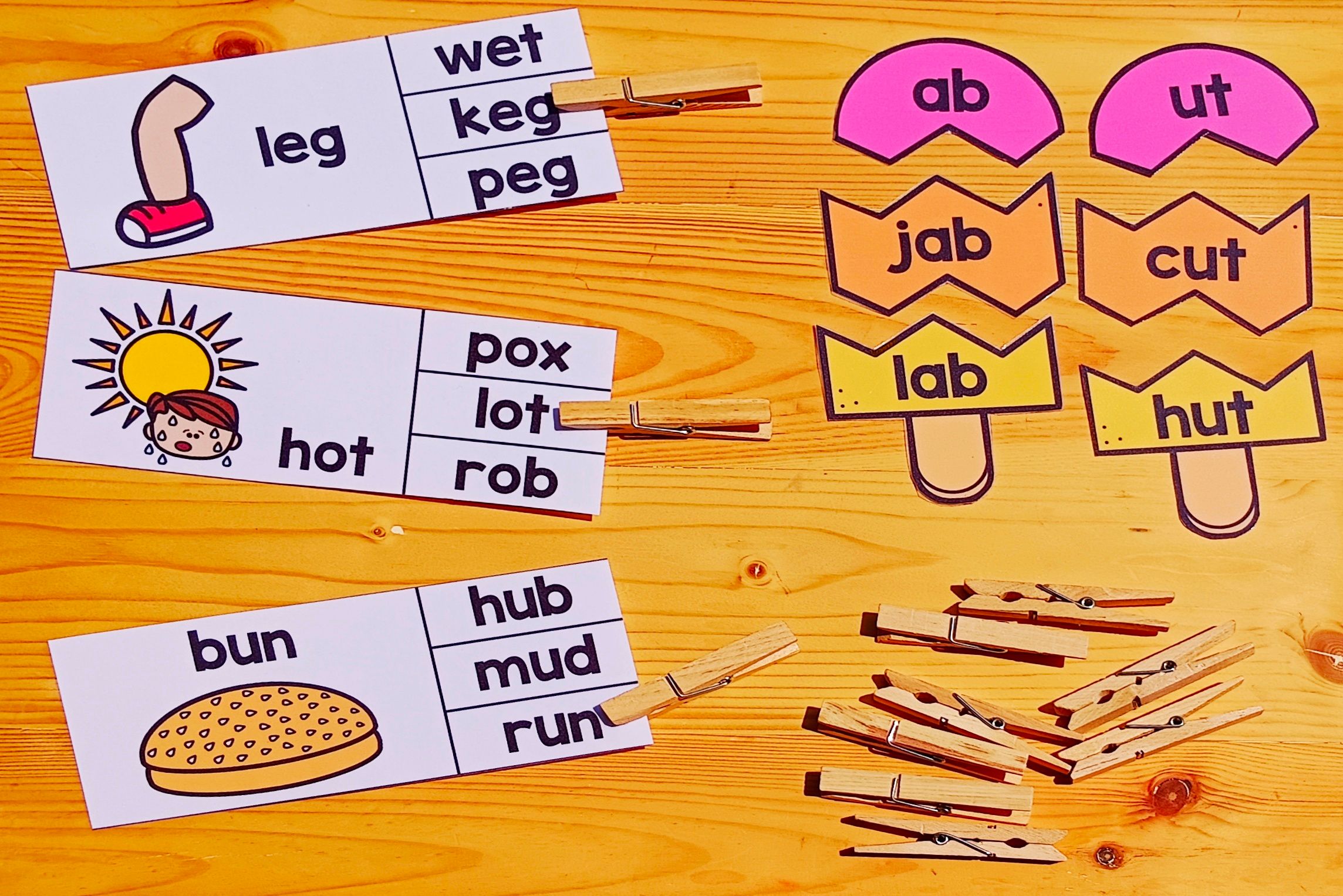
- Puppet shows to act out stories or teach social skills.
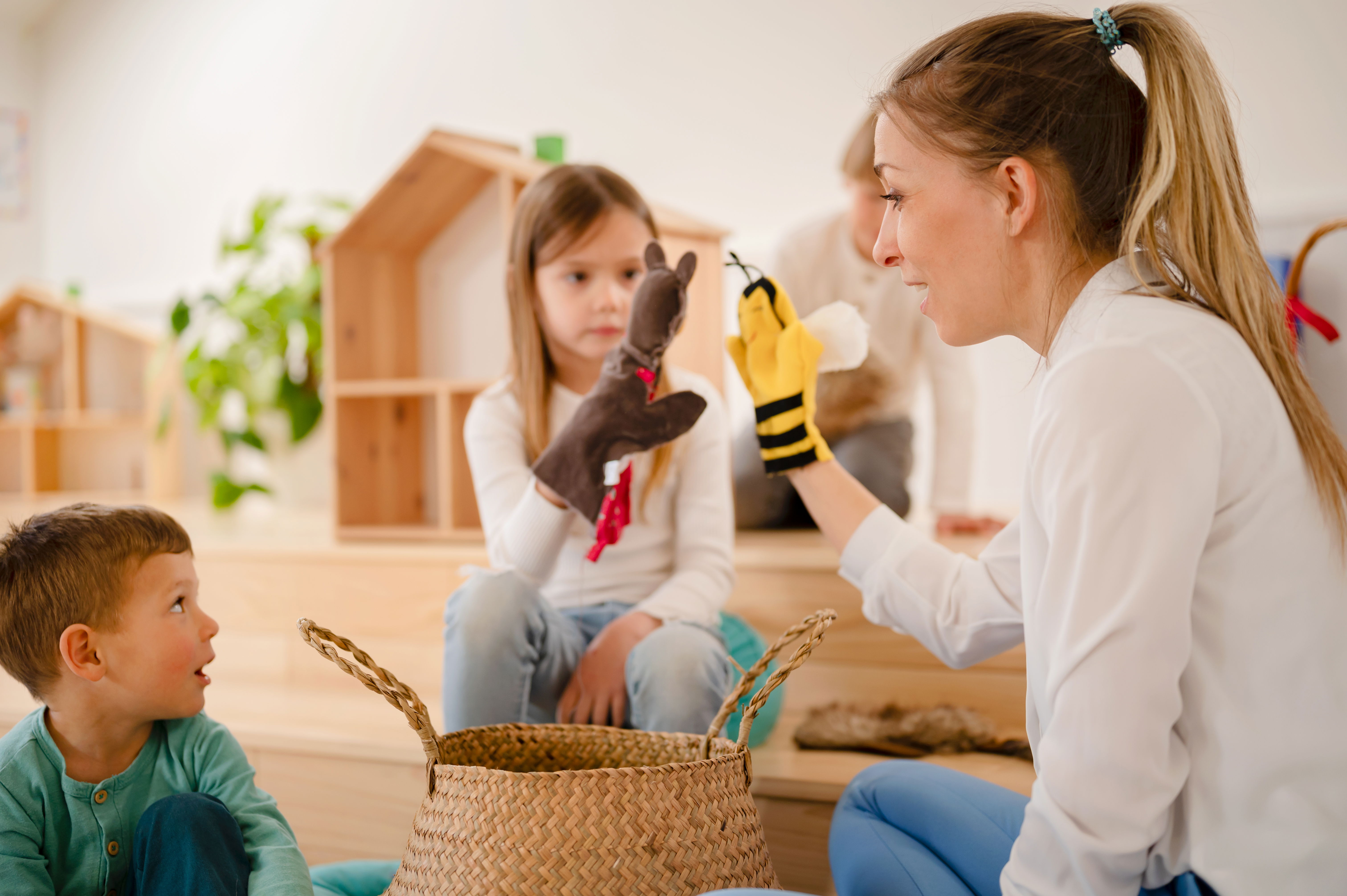
- Classroom garden projects to teach responsibility and science.
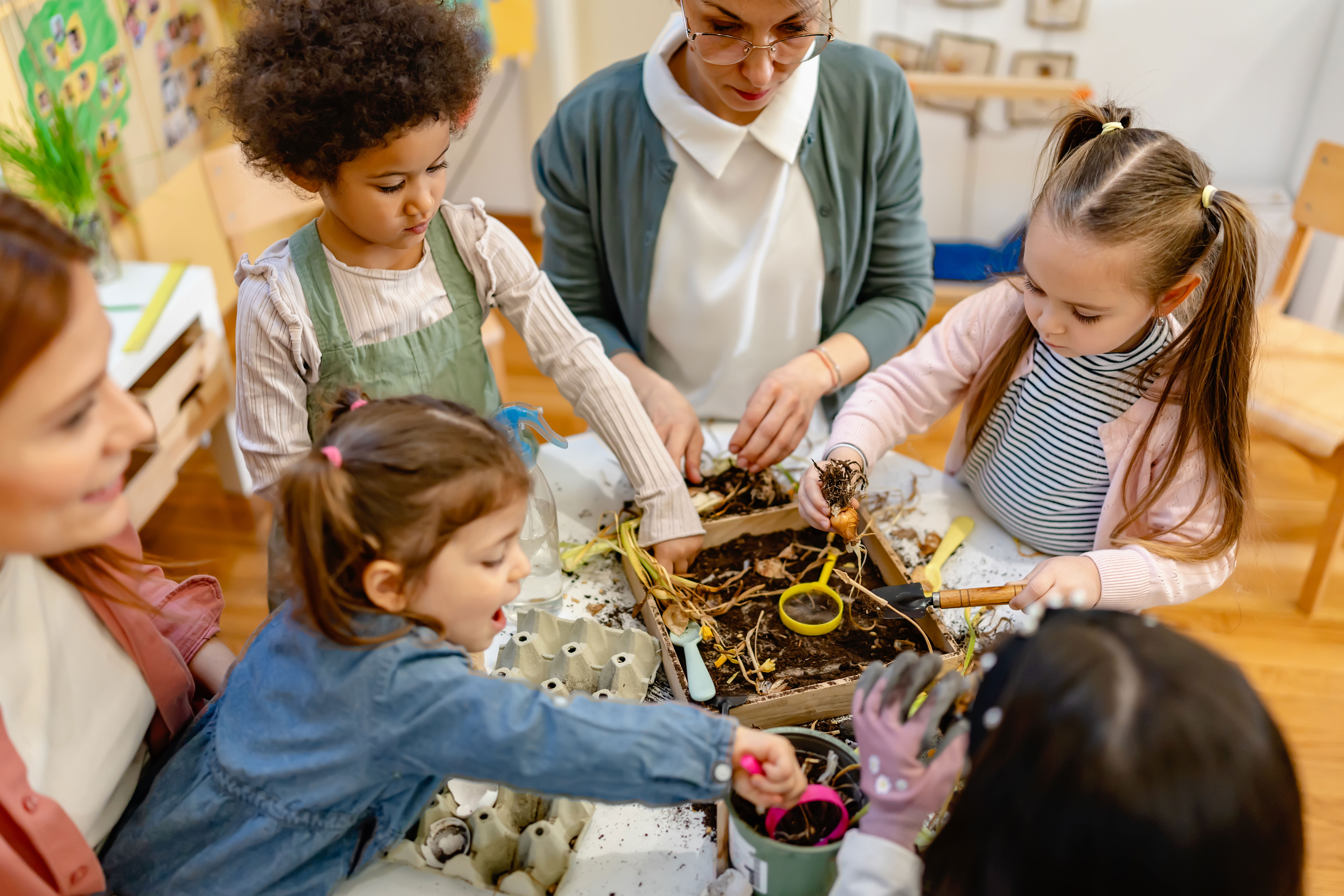
- Dance breaks and music time to recharge and refocus.

👩🏫 Practical Tips for Teaching Pre-K
- Keep lessons short and snappy—attention spans are short at this age.
- Blend structure with play to maintain joy and routine.
- Use visuals whenever possible (charts, posters, flashcards).
- Celebrate small wins with praise and encouragement.
- Be flexible and patient—growth may look different for every child.
📥 Want a Done-for-You Option?
If you’re looking for pre-made materials that align with many of these activities, you might love the Pre-K Activity Bundle I created. It includes alphabet worksheets, fine motor tasks, number practice, shape and color recognition activities, and more. Everything’s ready to print and go—perfect for busy teachers and homeschoolers!
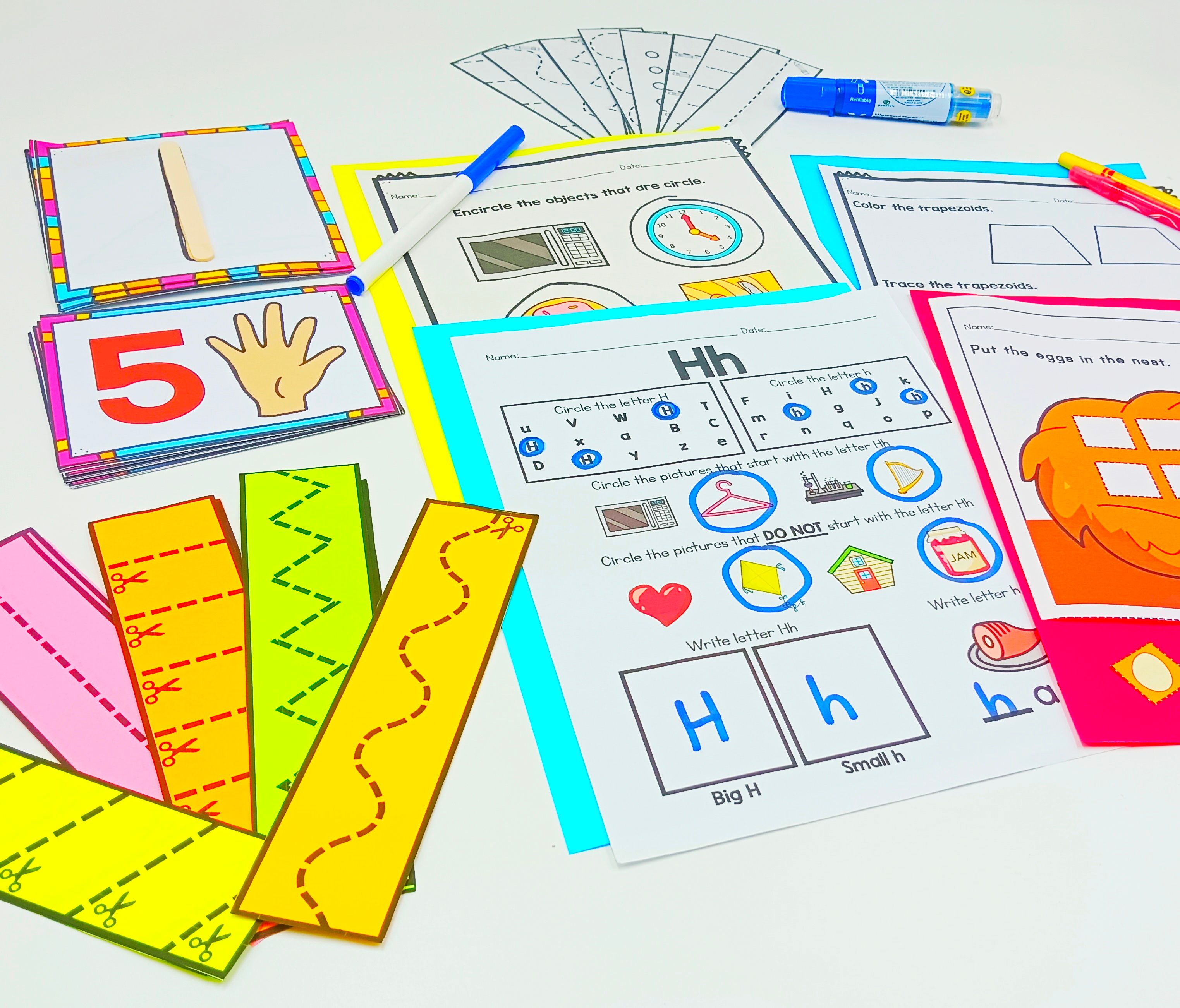
Follow Me for More Teaching Tips with Joy For more tips, resources, and a daily dose of teaching joy, follow me on:
Got questions or want to share your success stories? Drop me an email at thejoyinteaching@gmail.com. I love hearing from fellow educators and parents! Happy Teaching!
Joy Medalla
The Joy in Teaching 💛